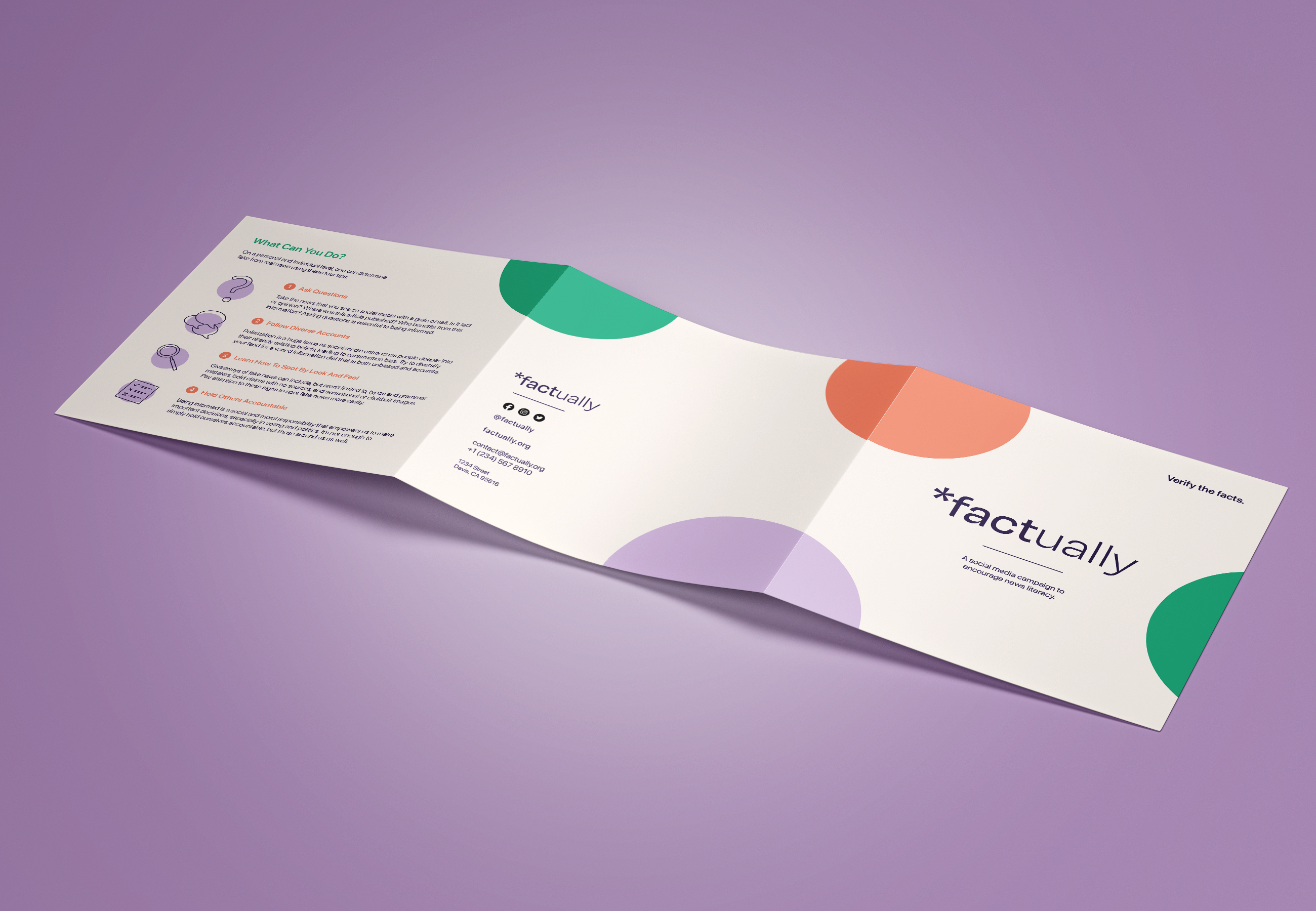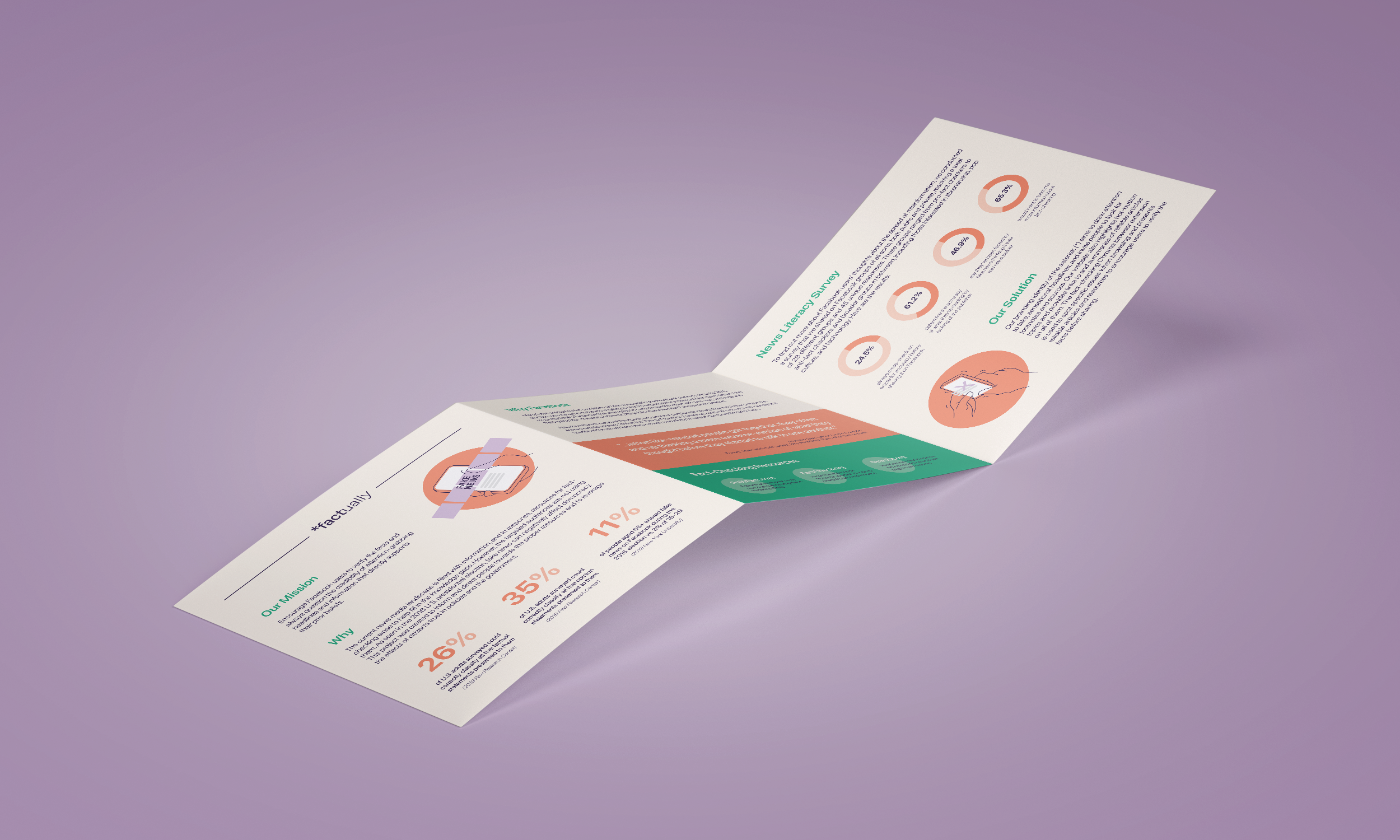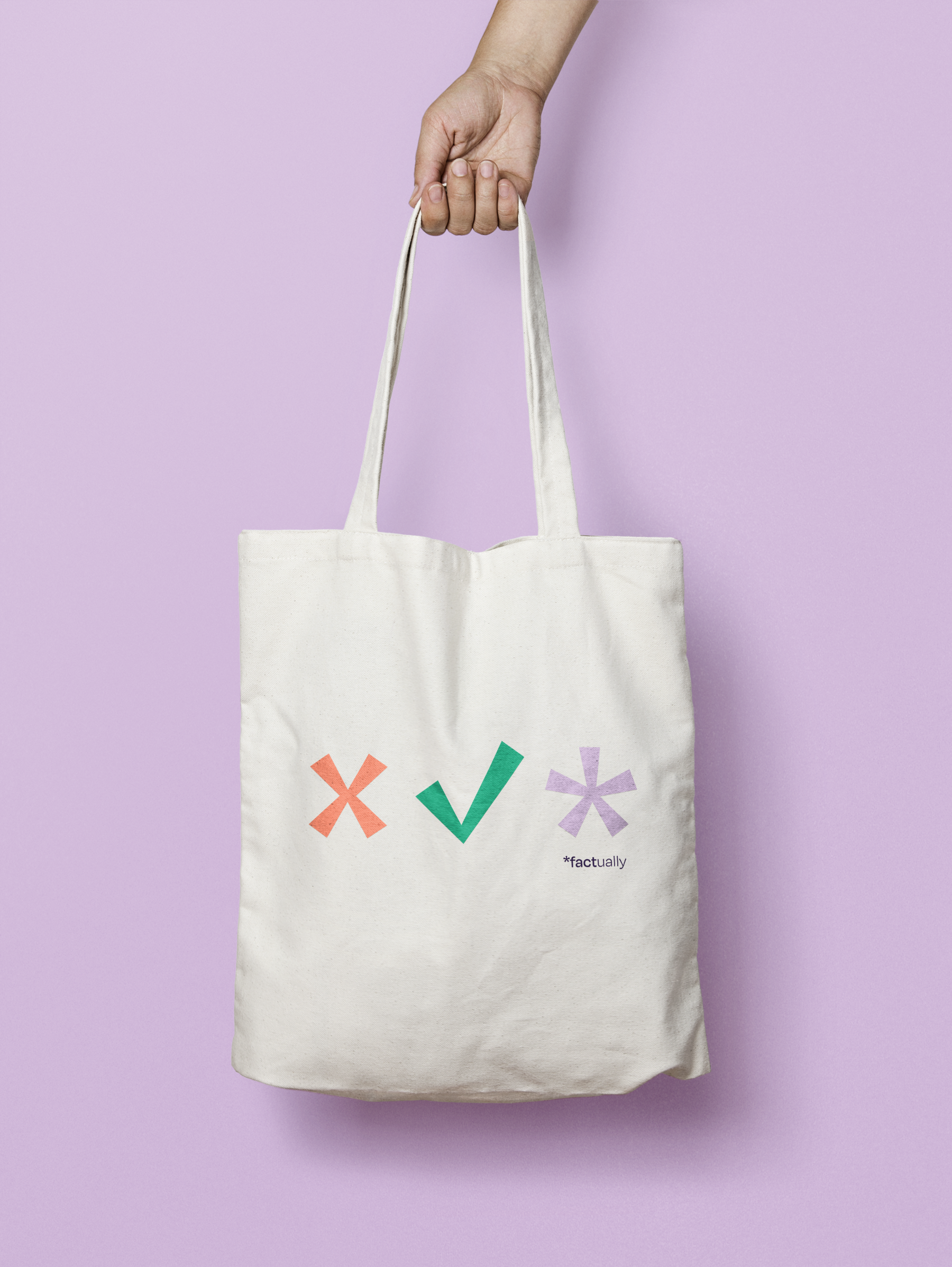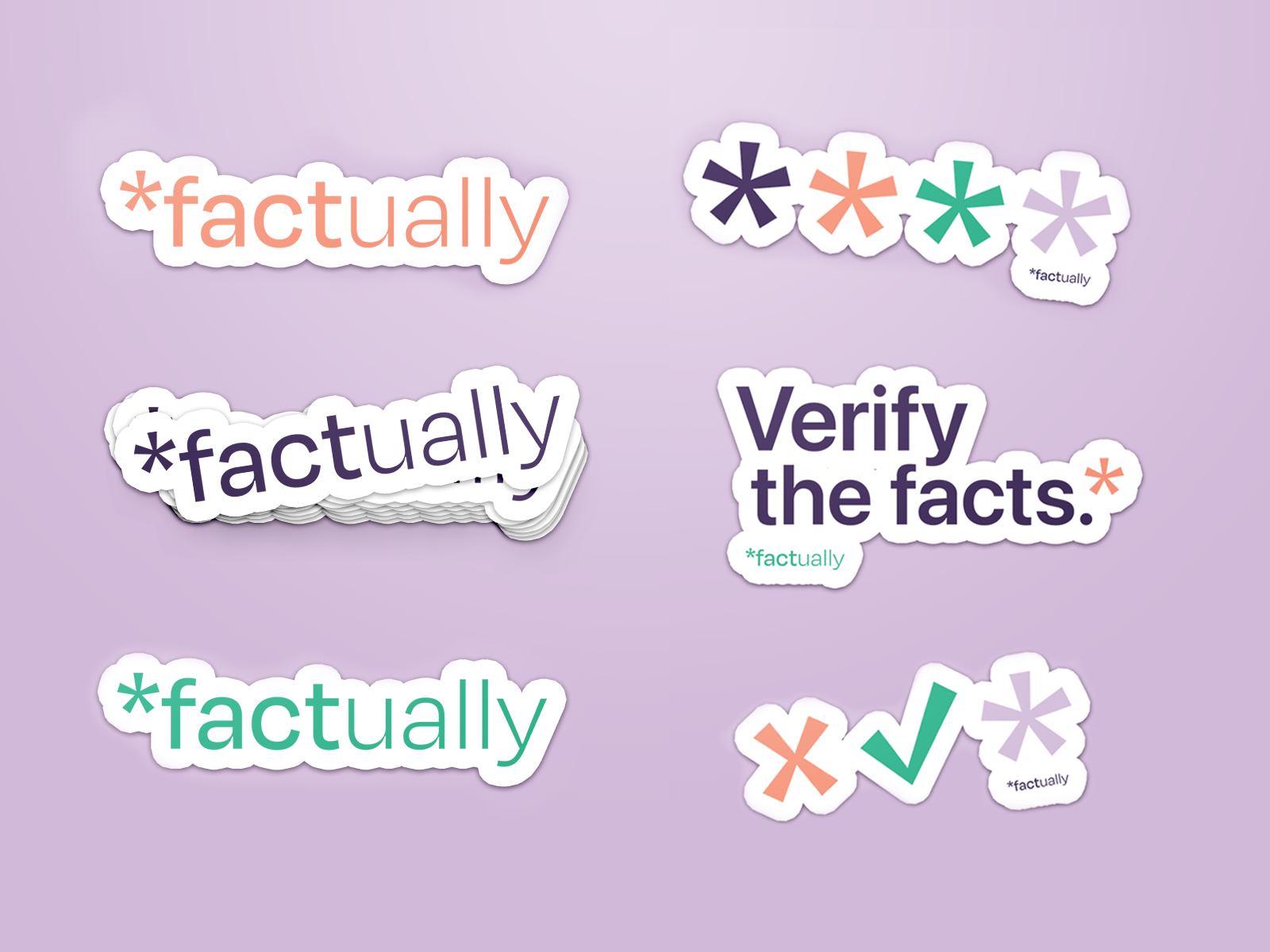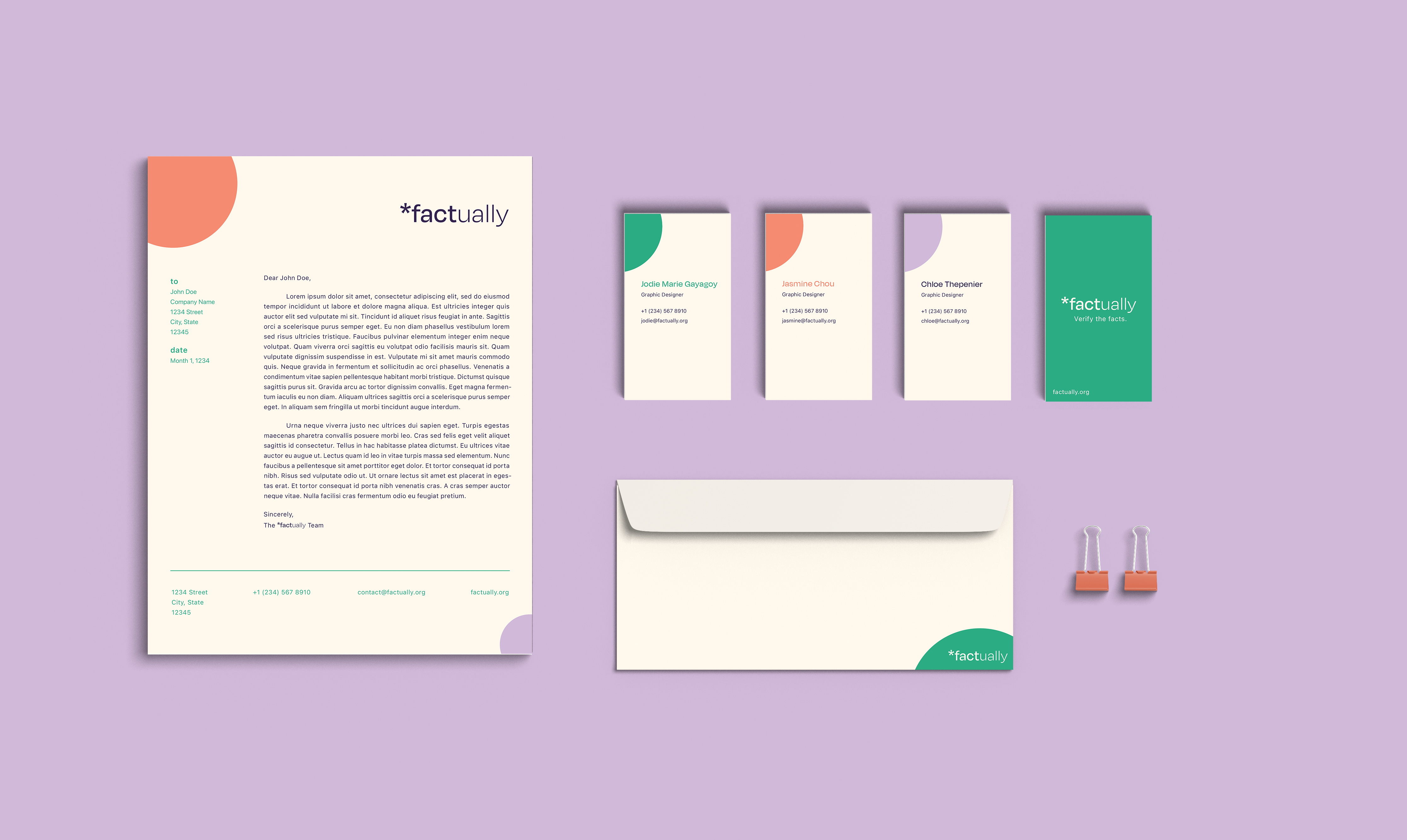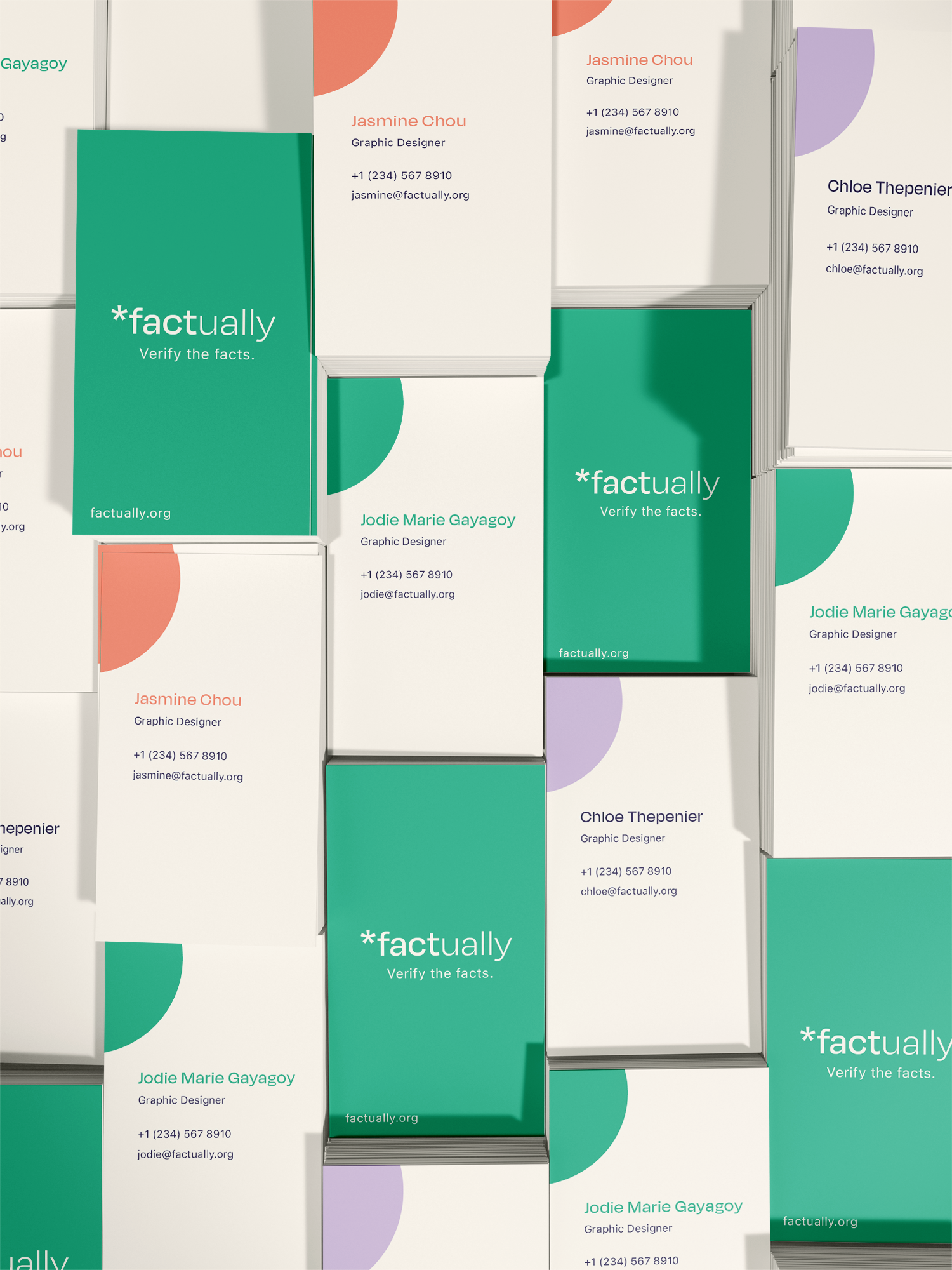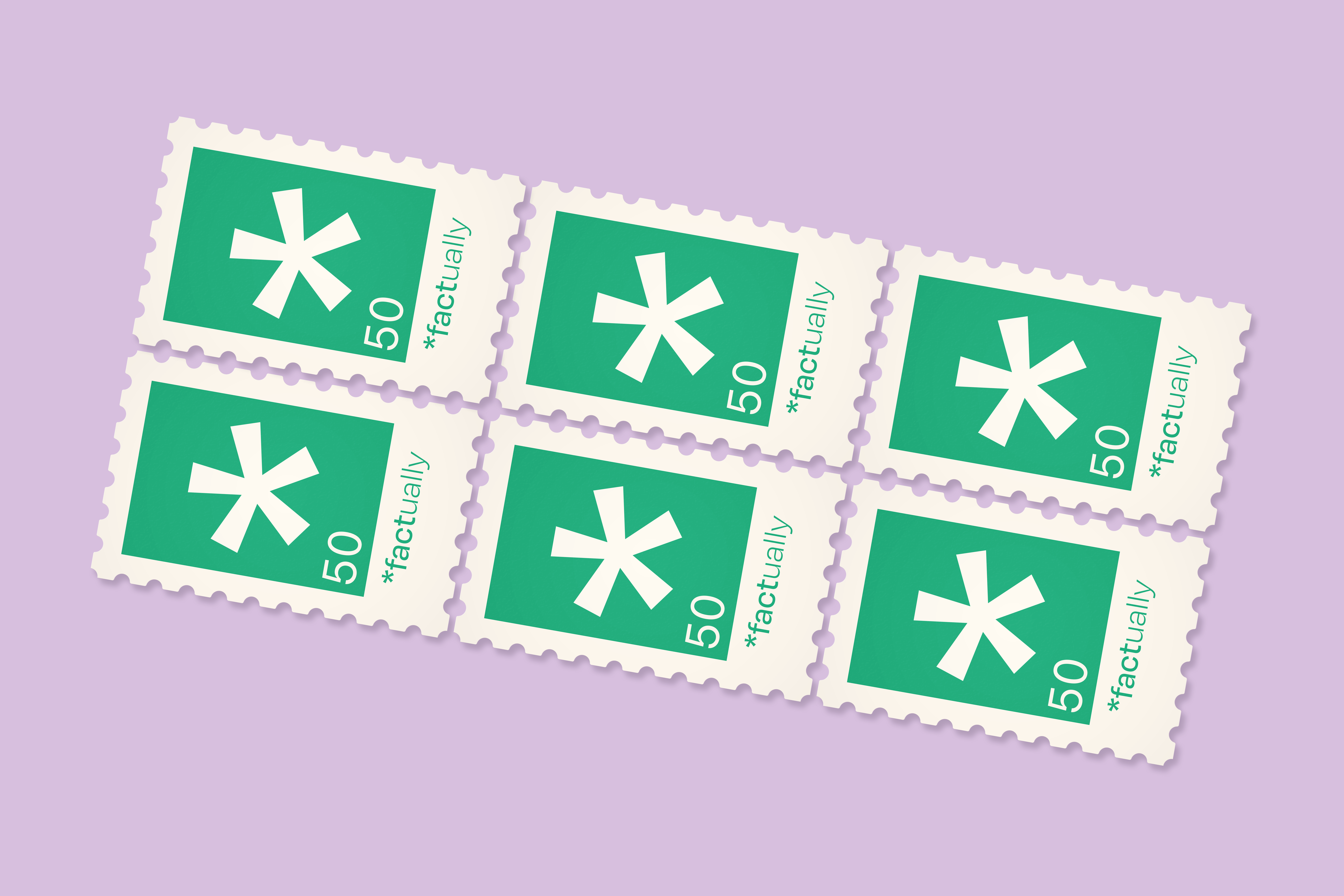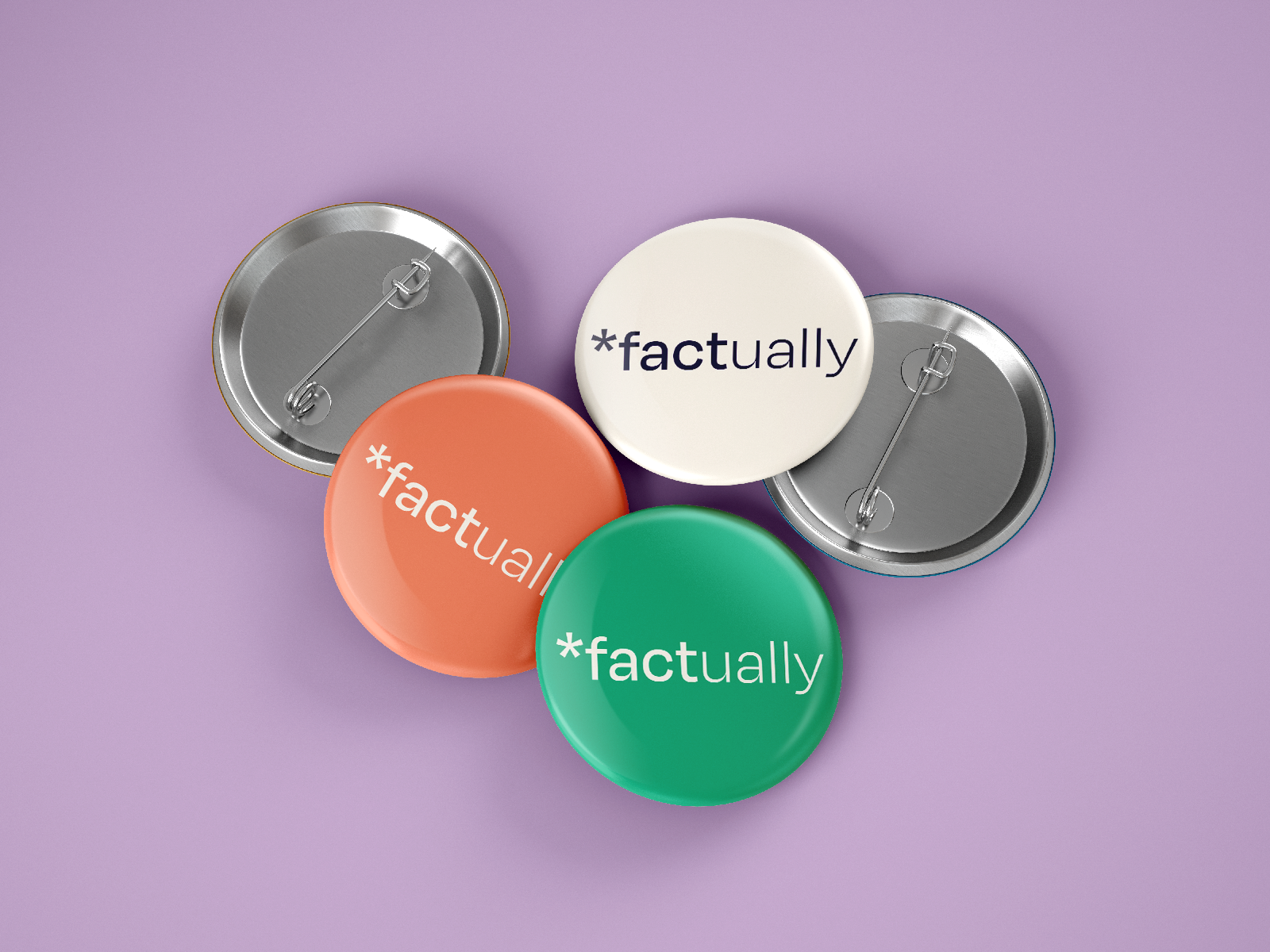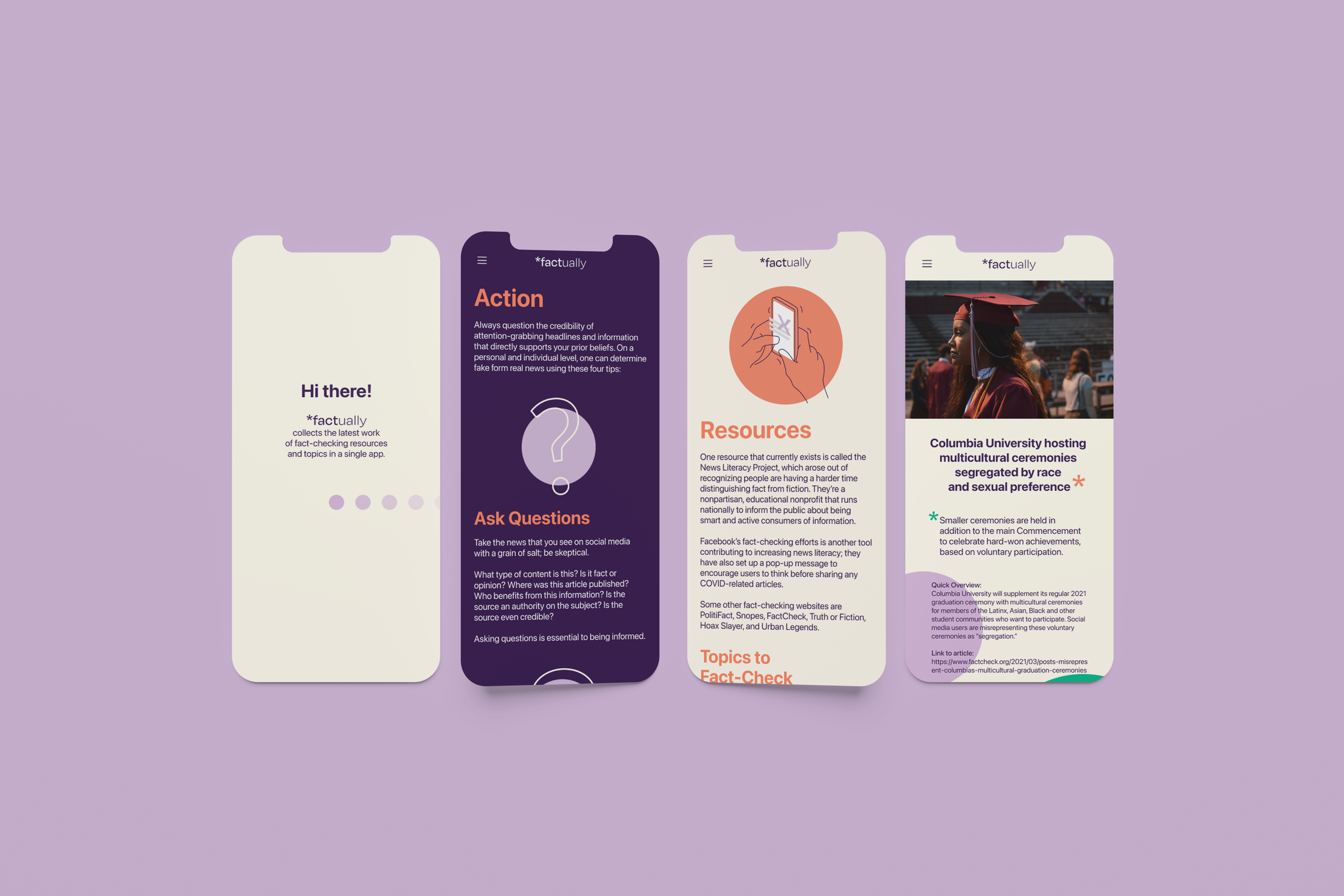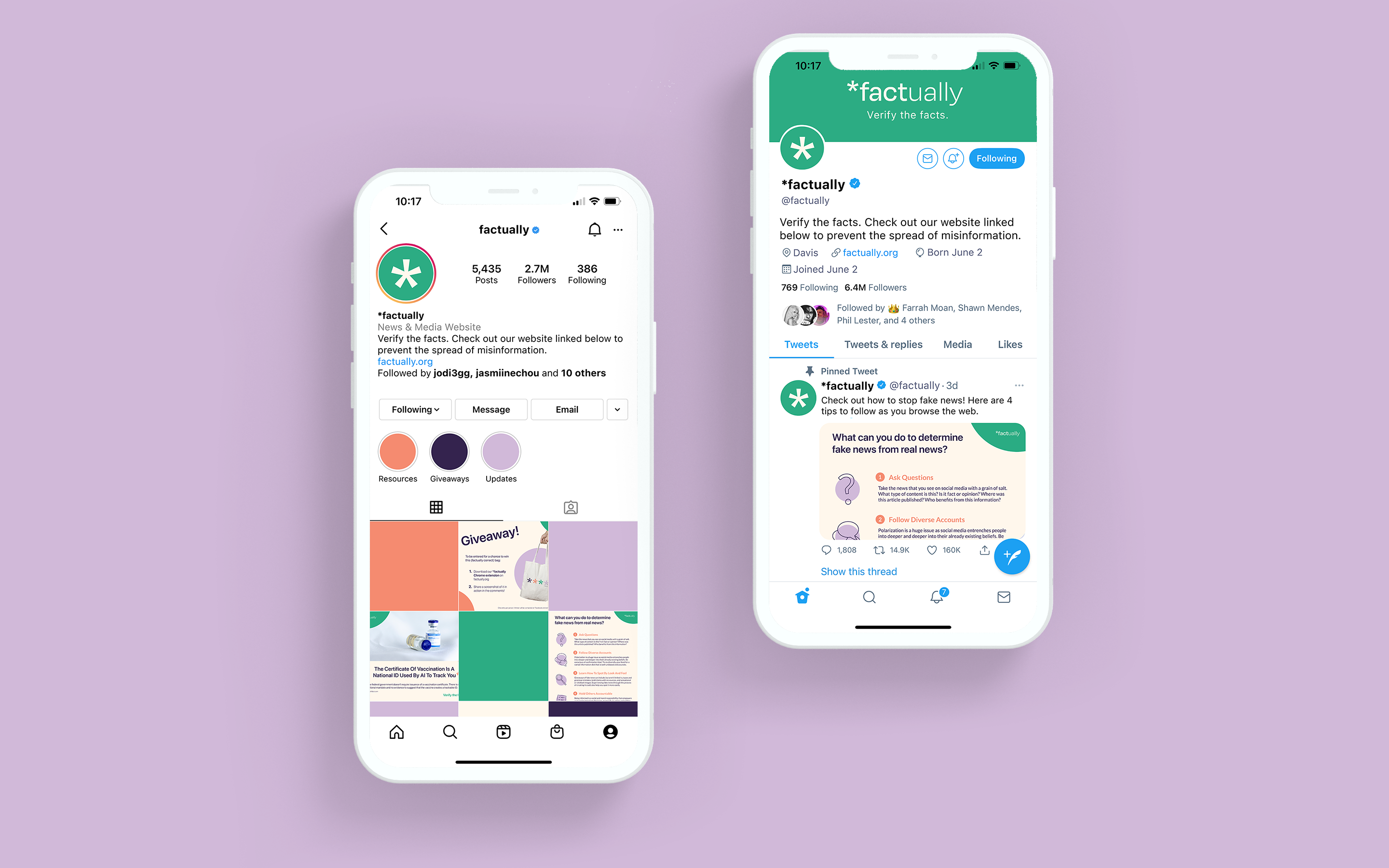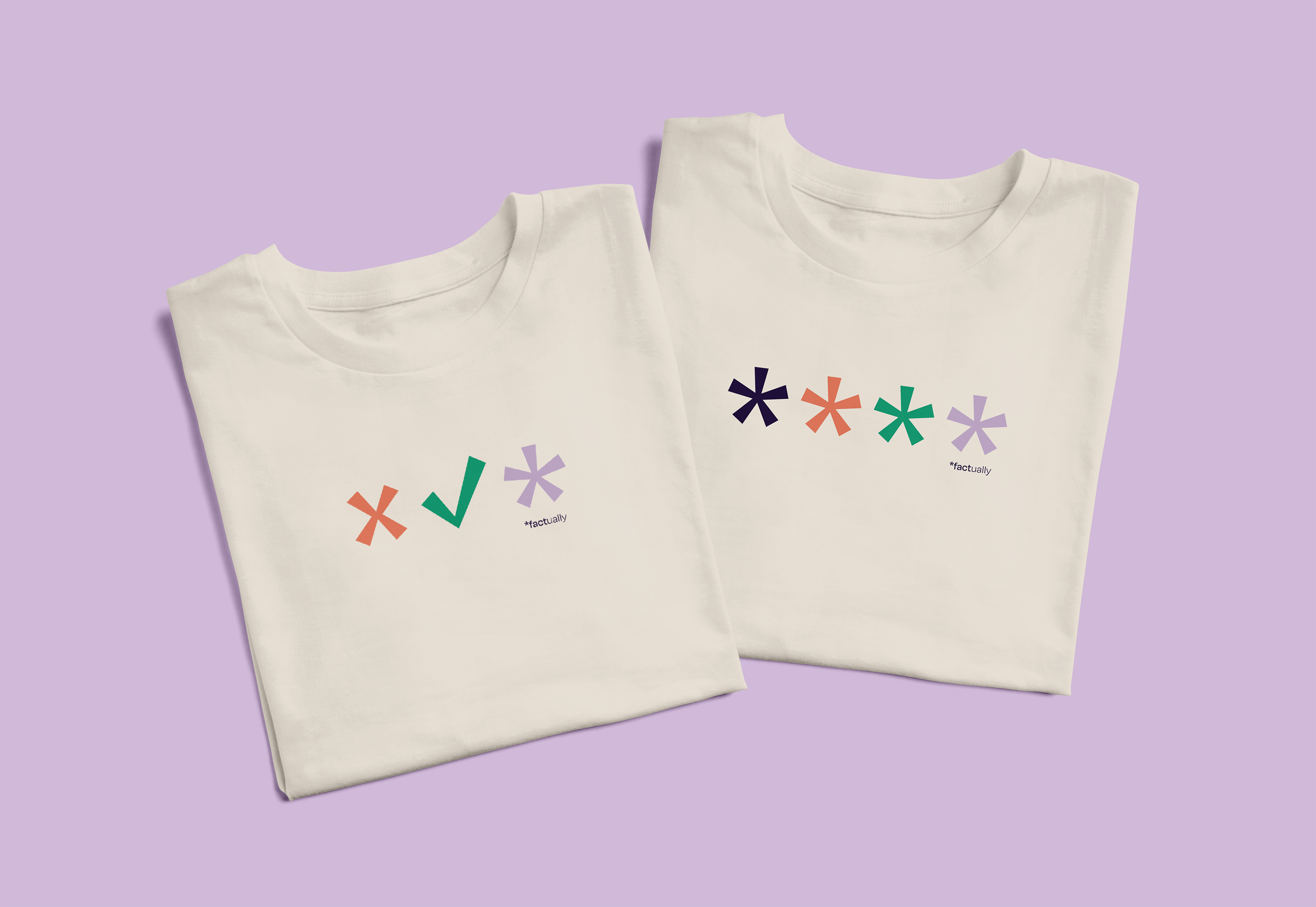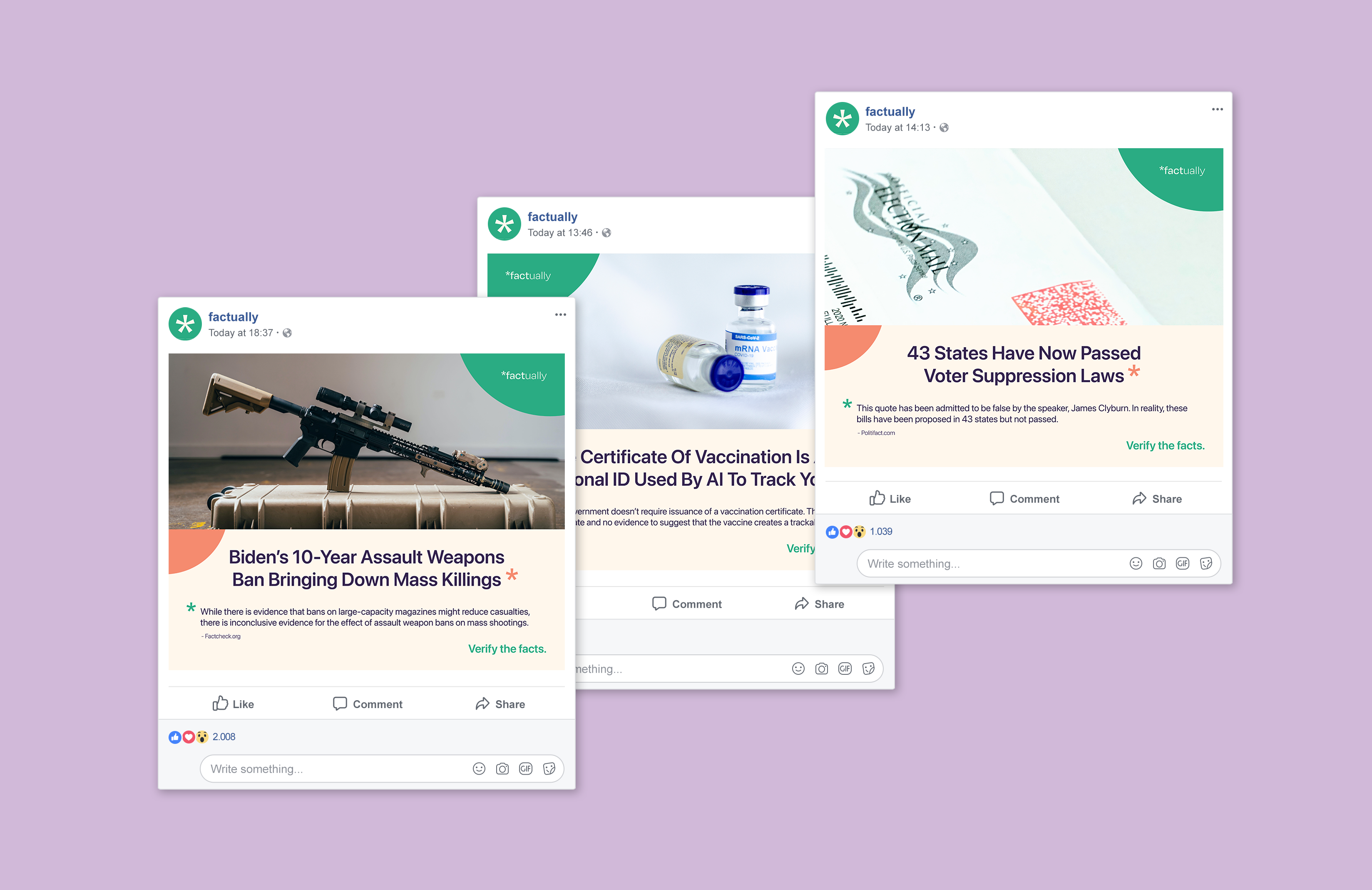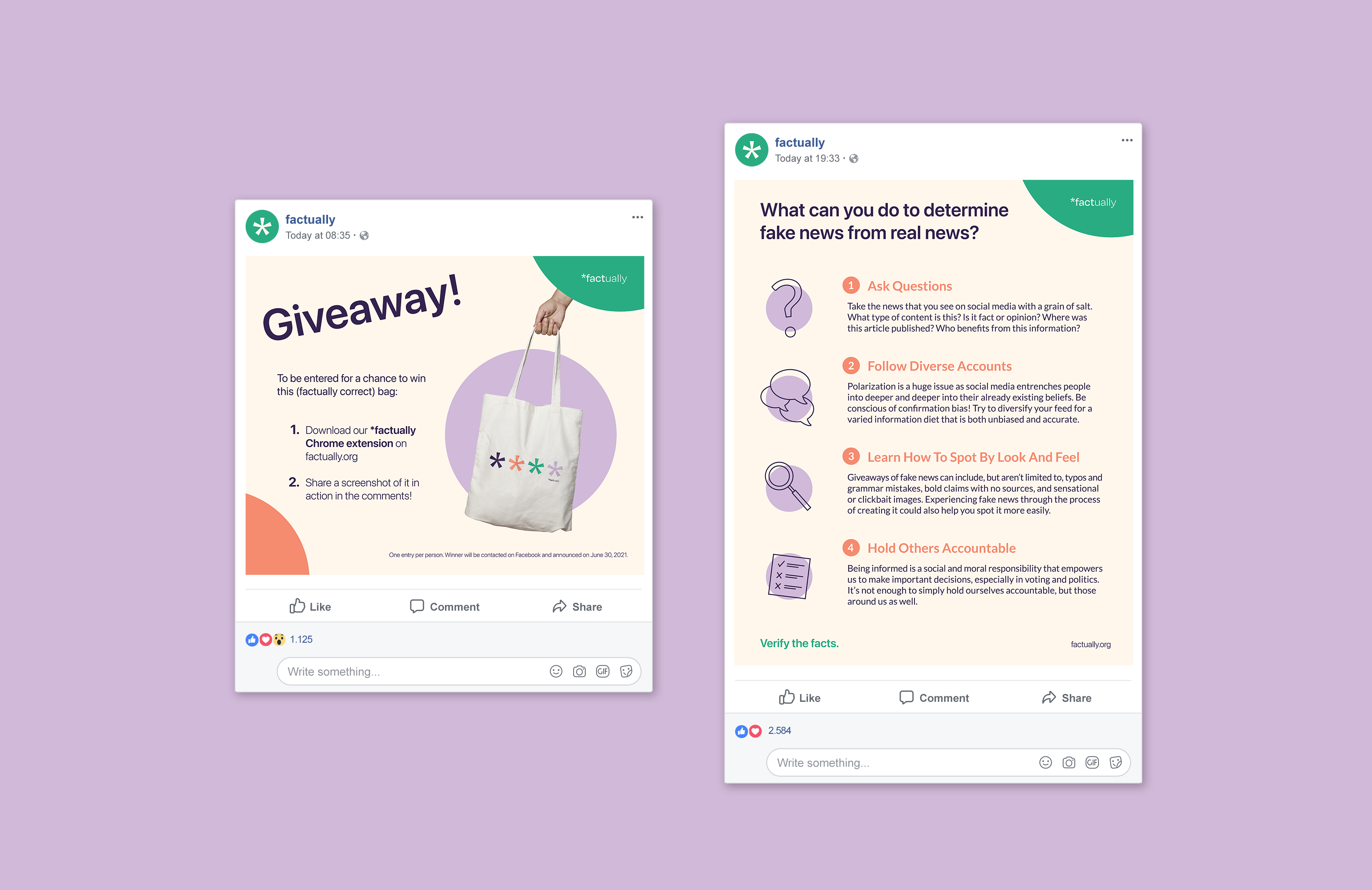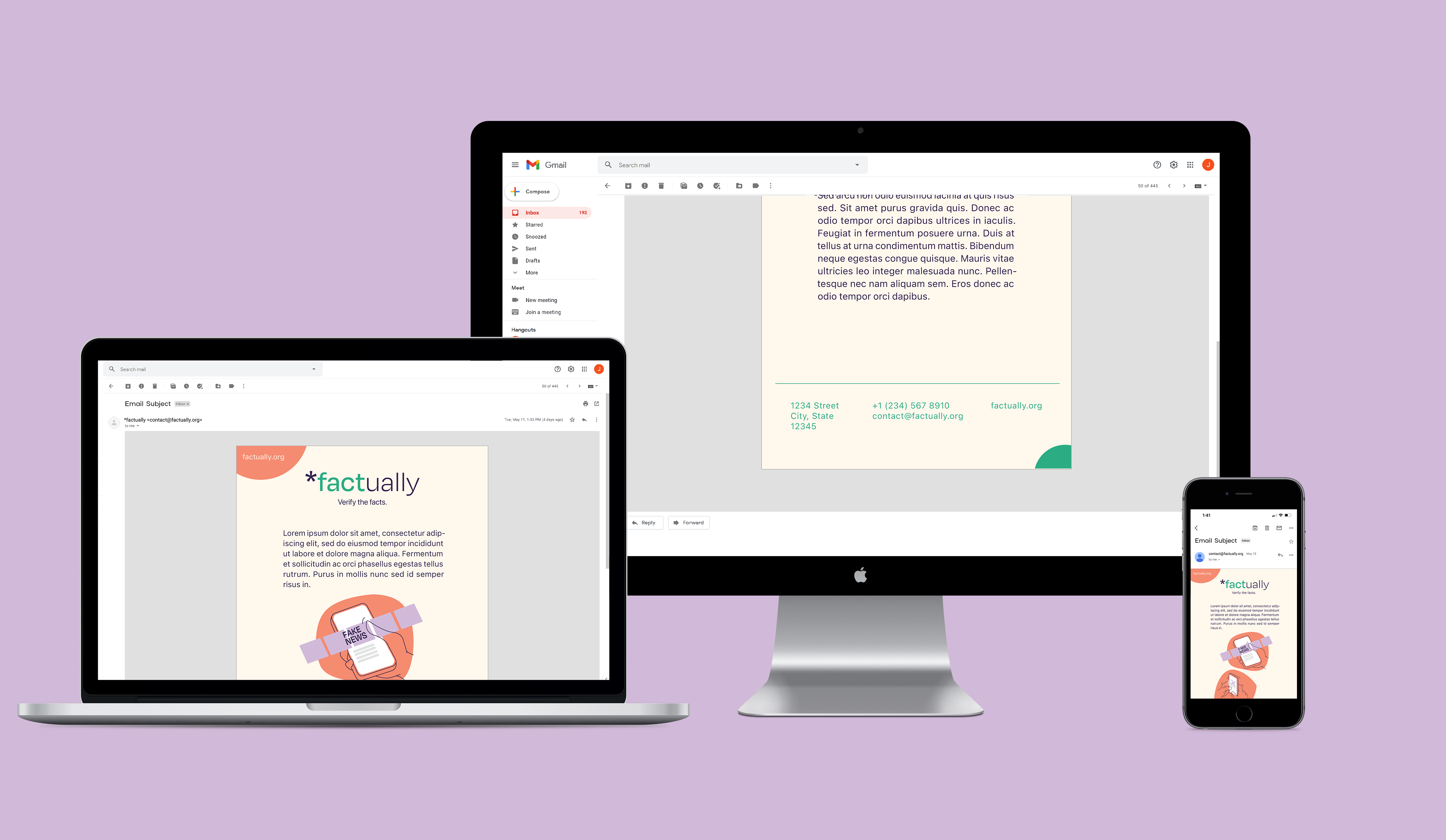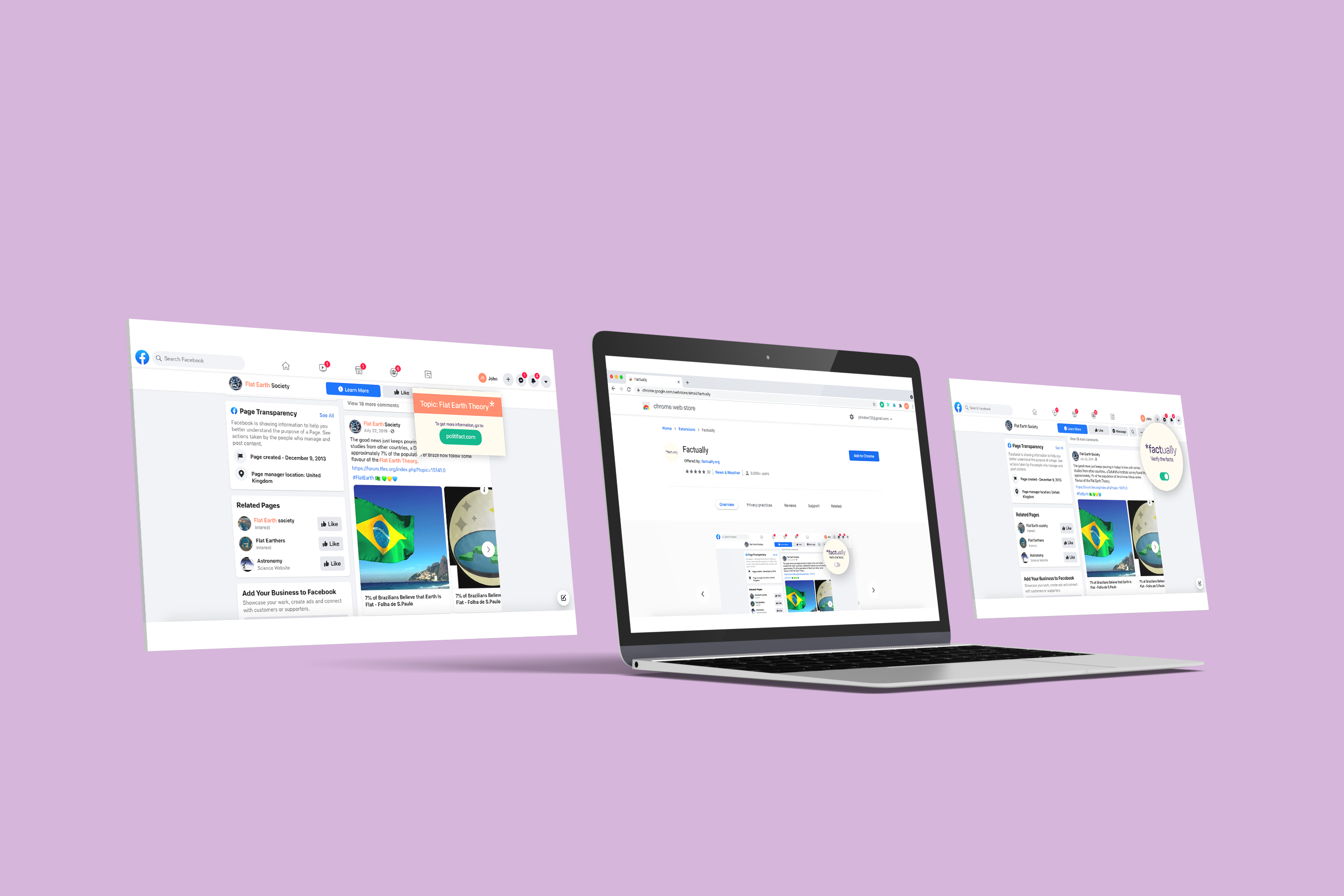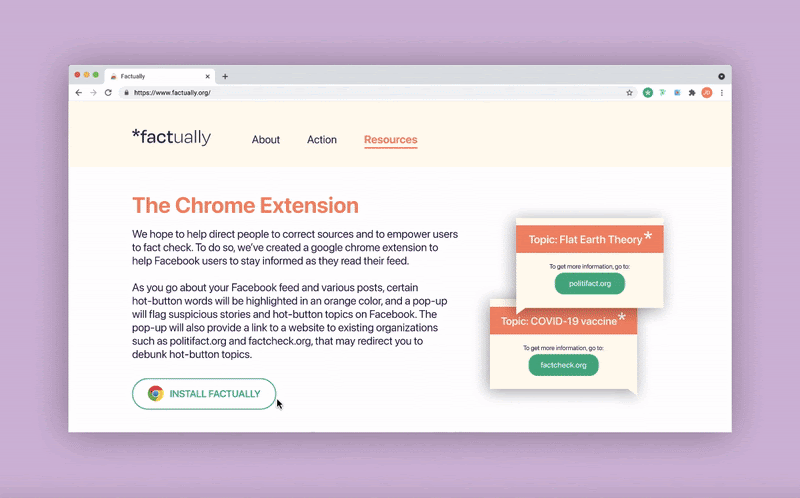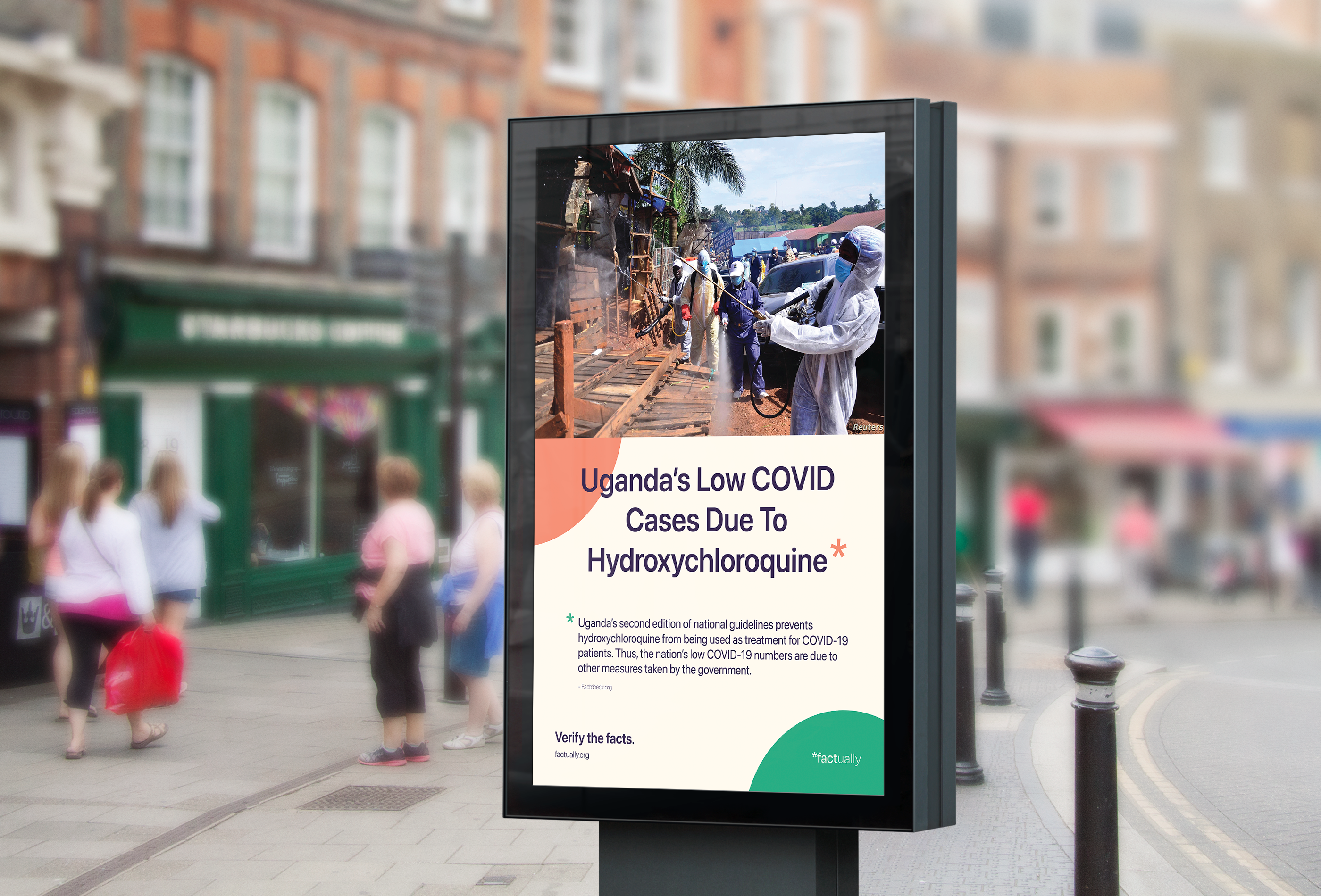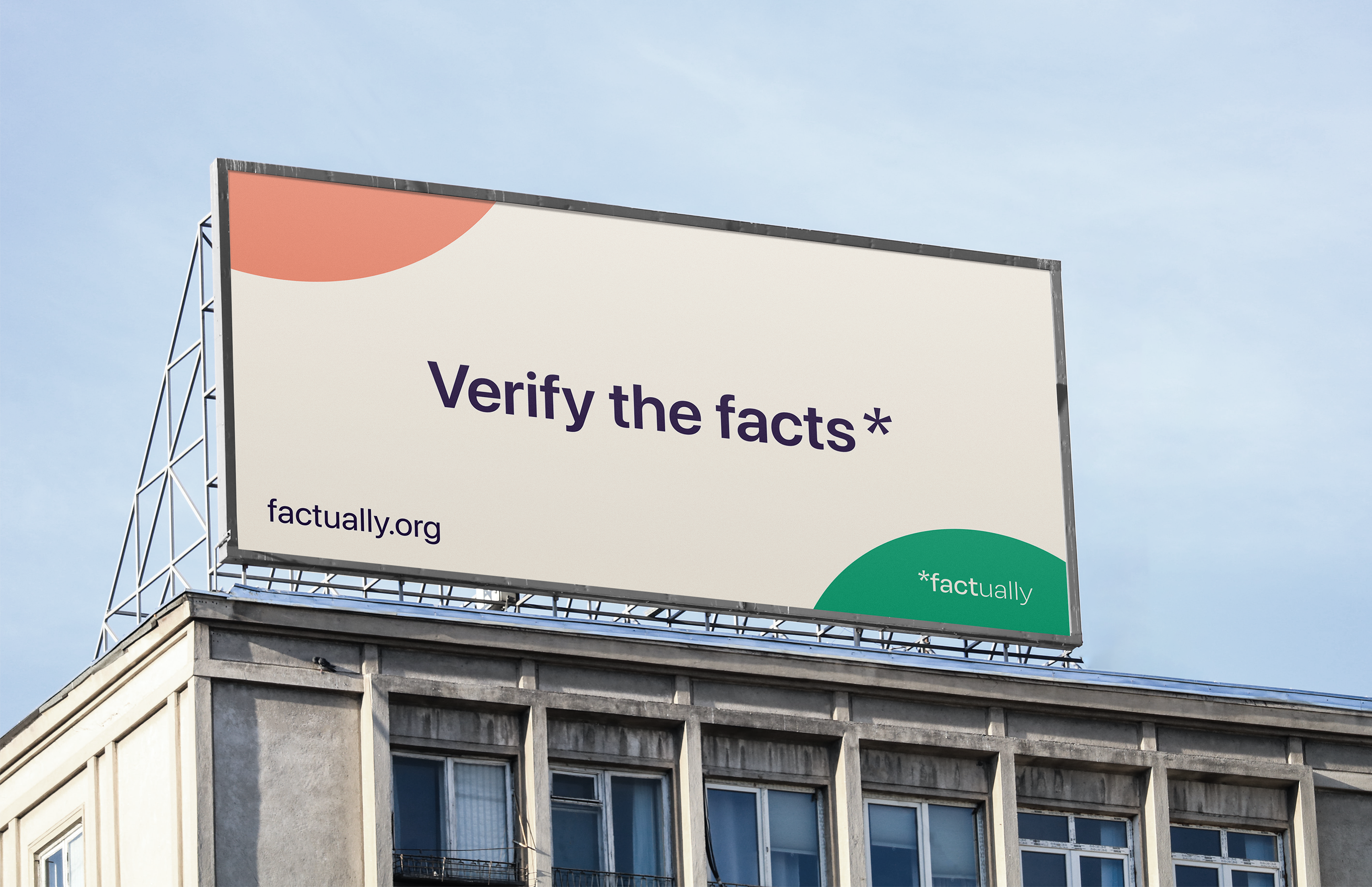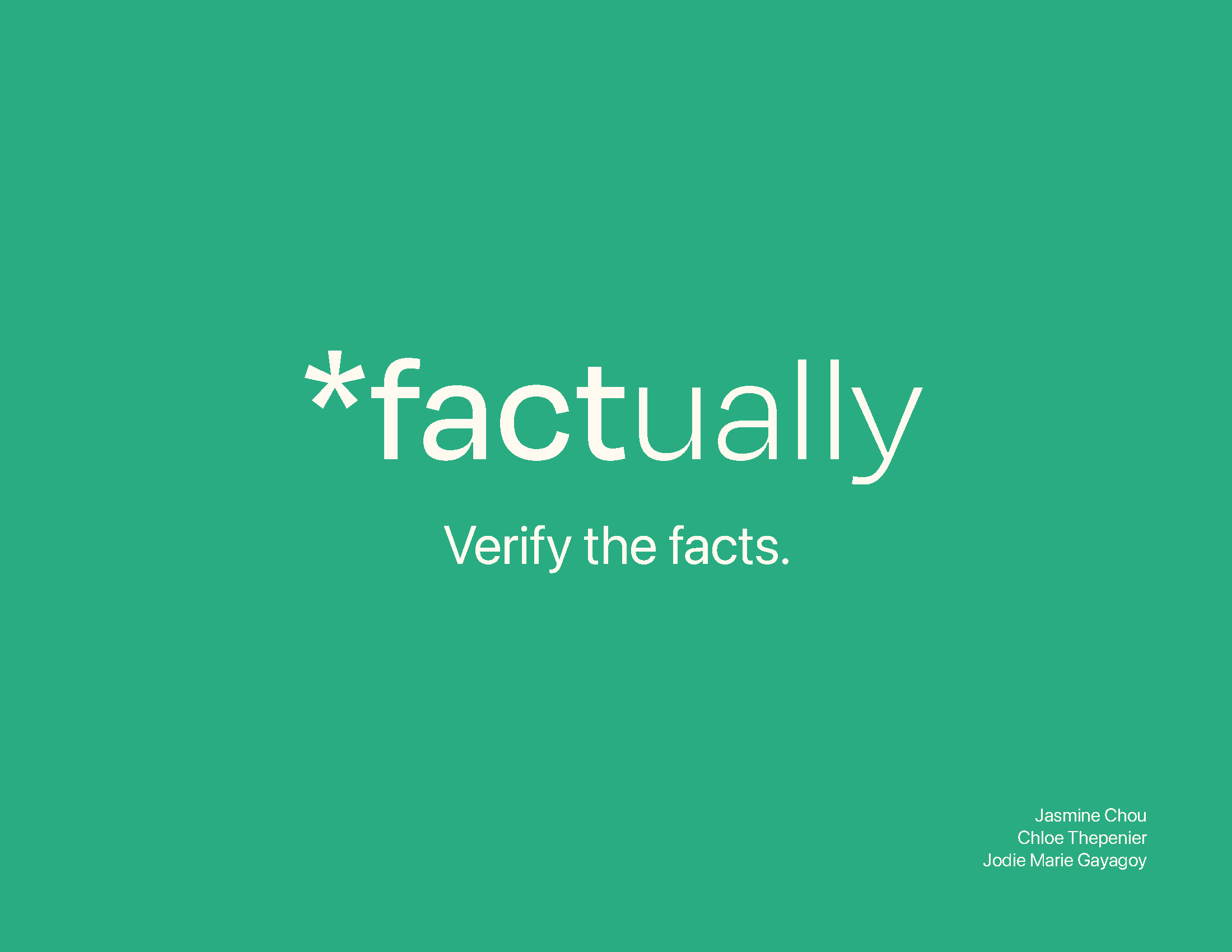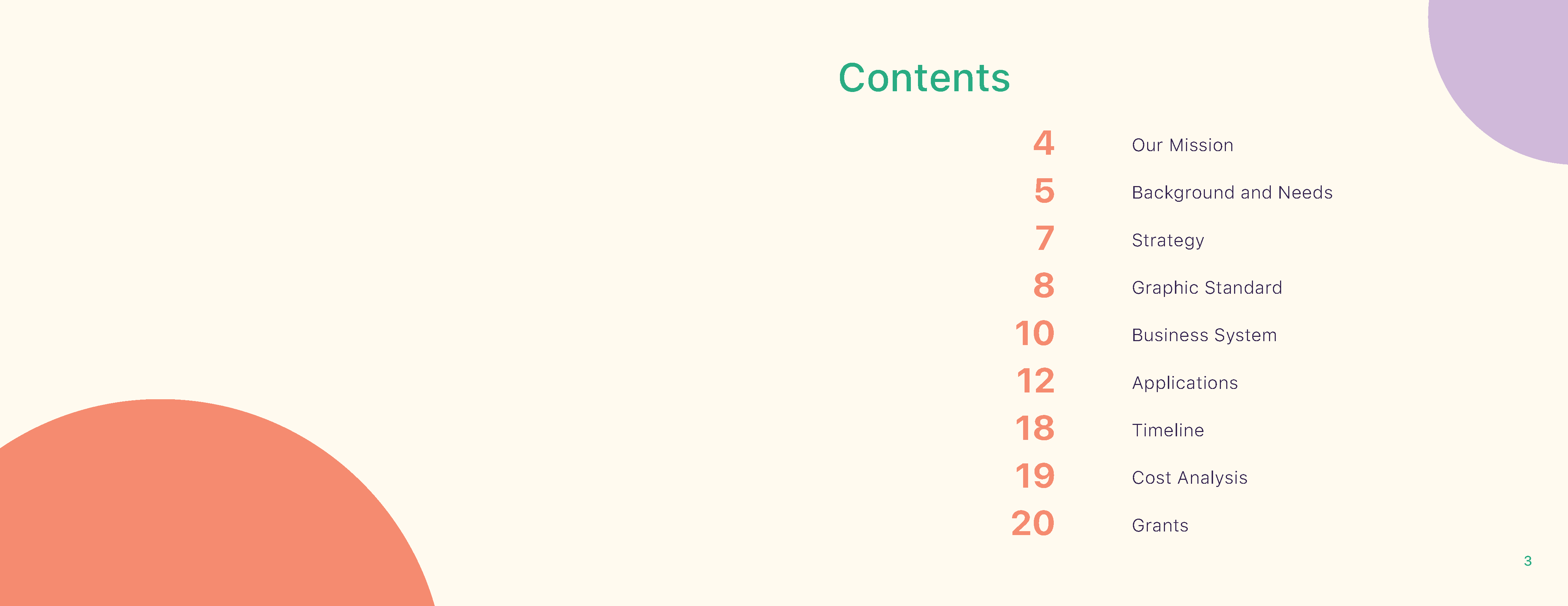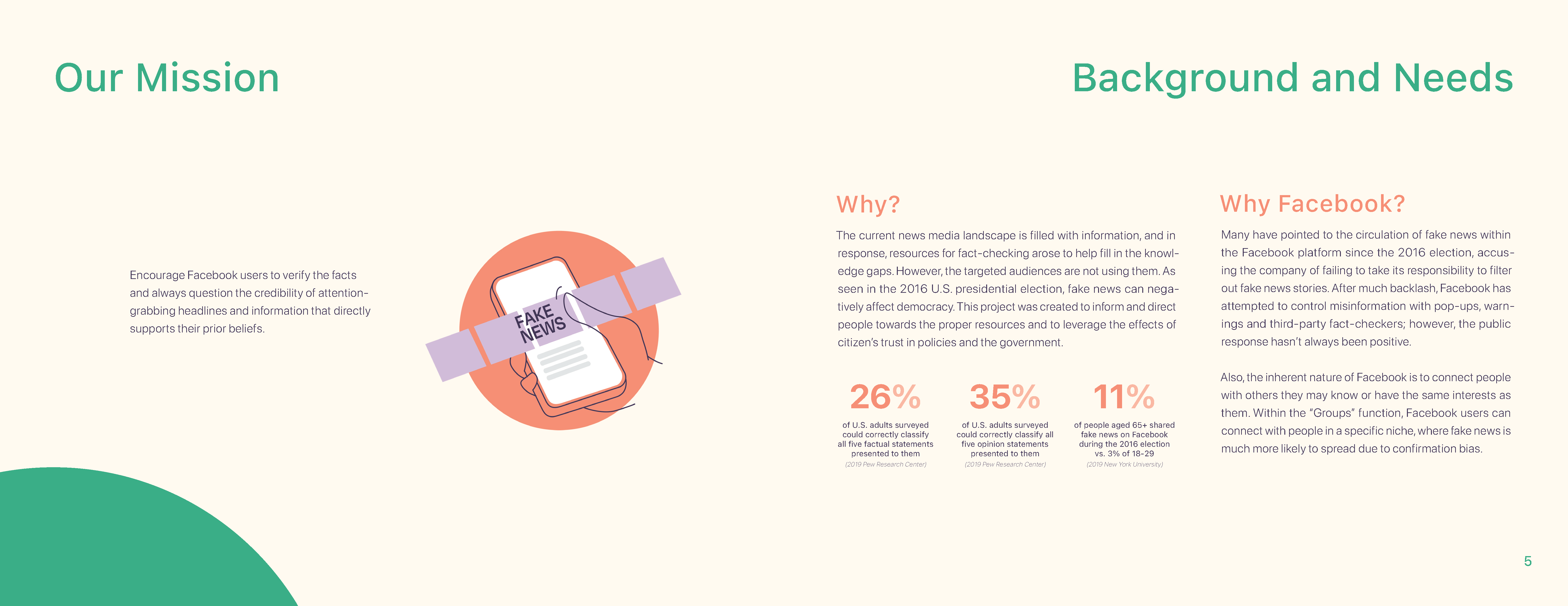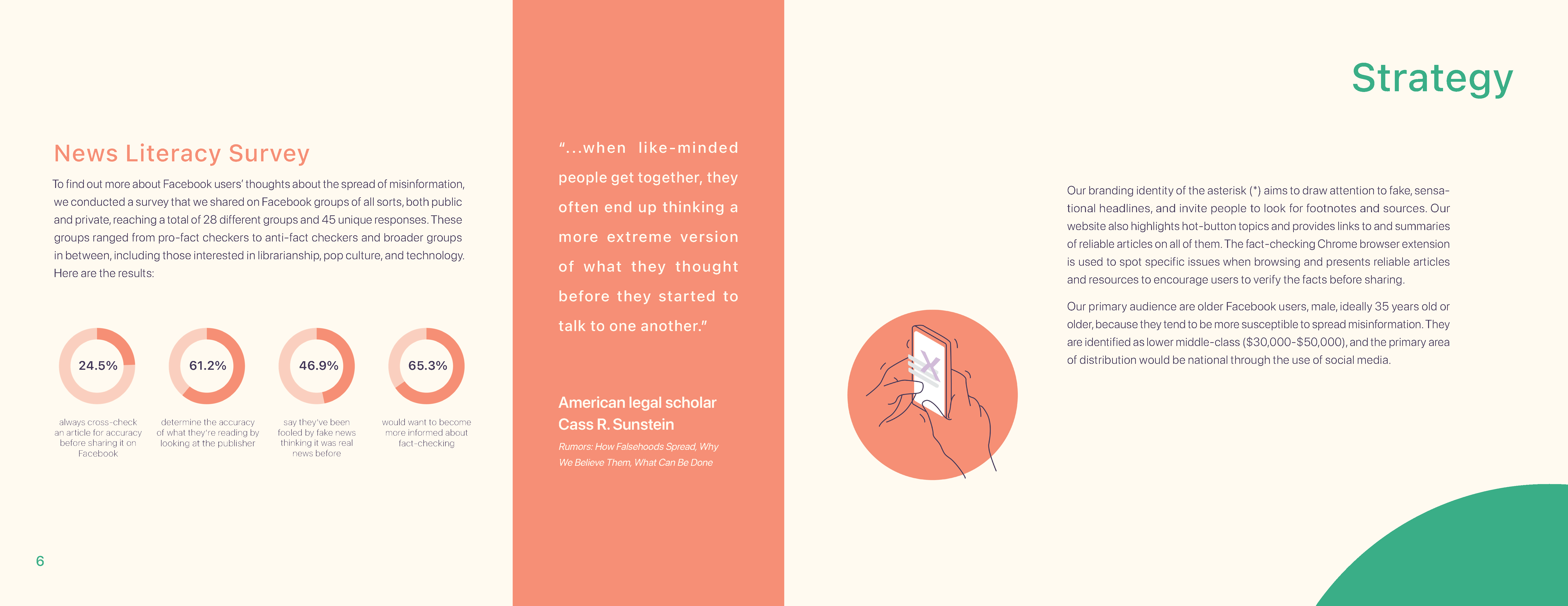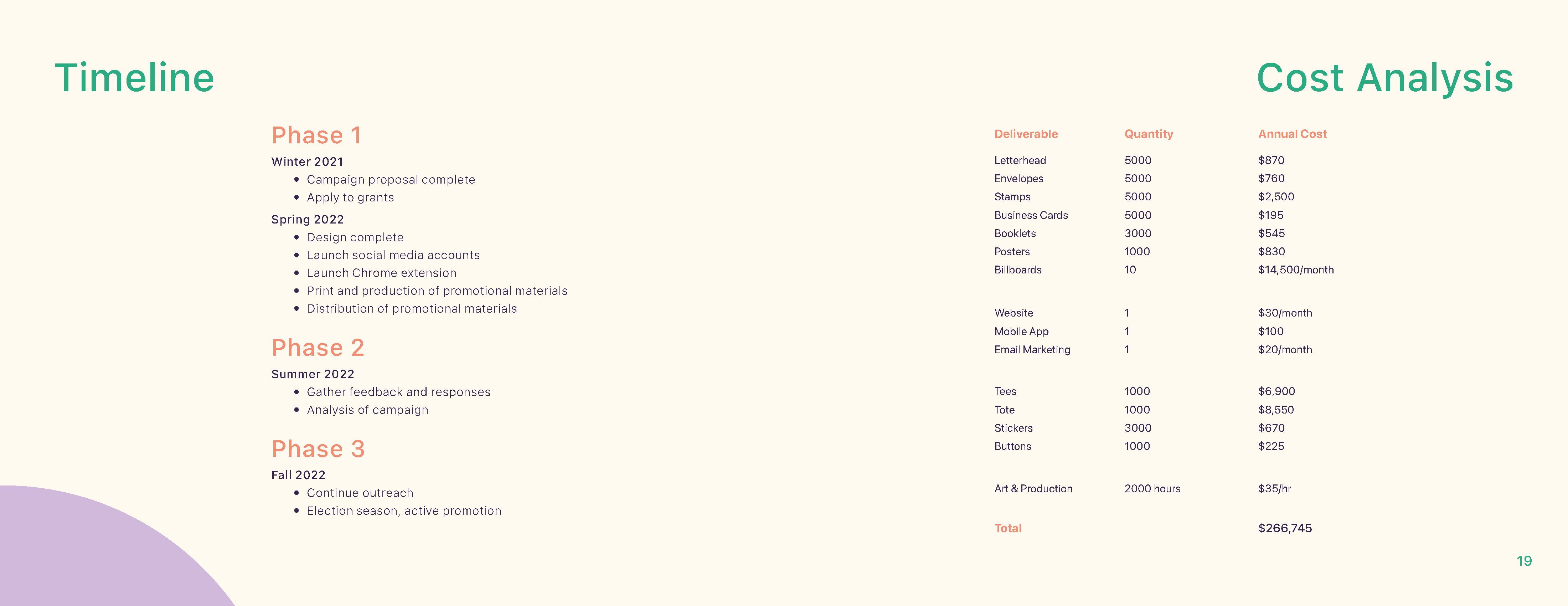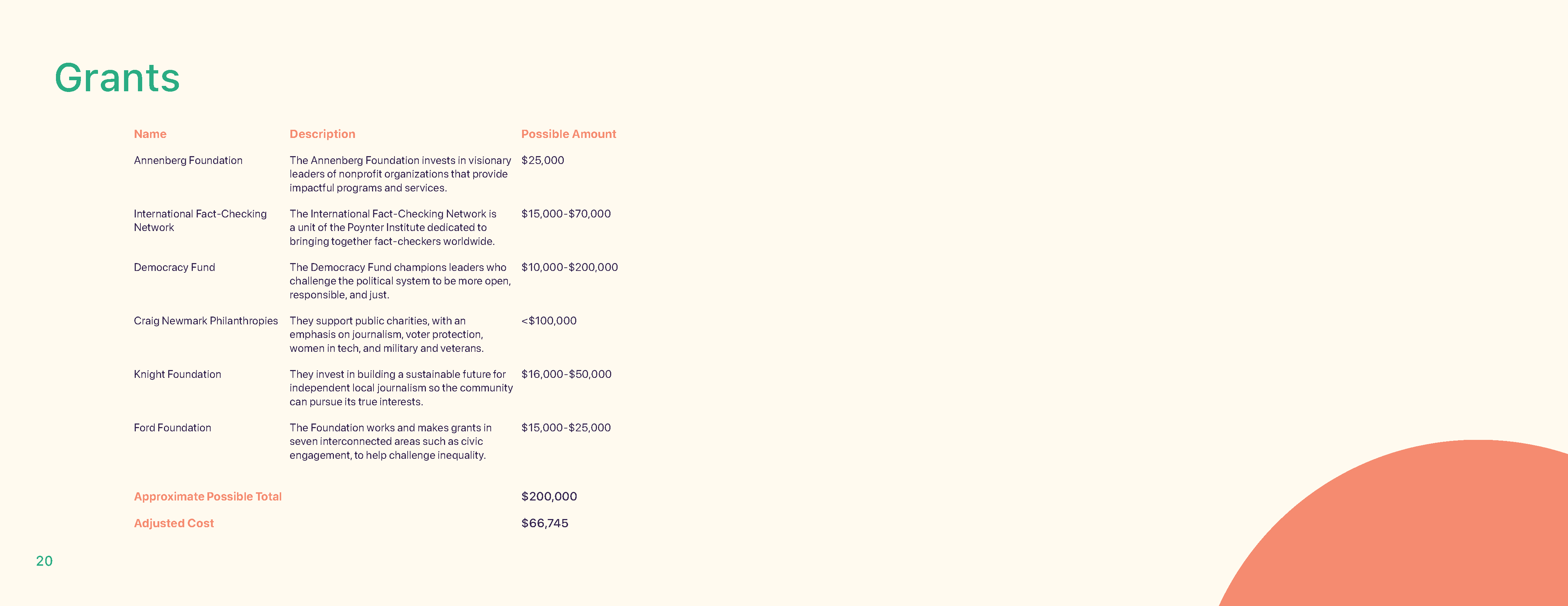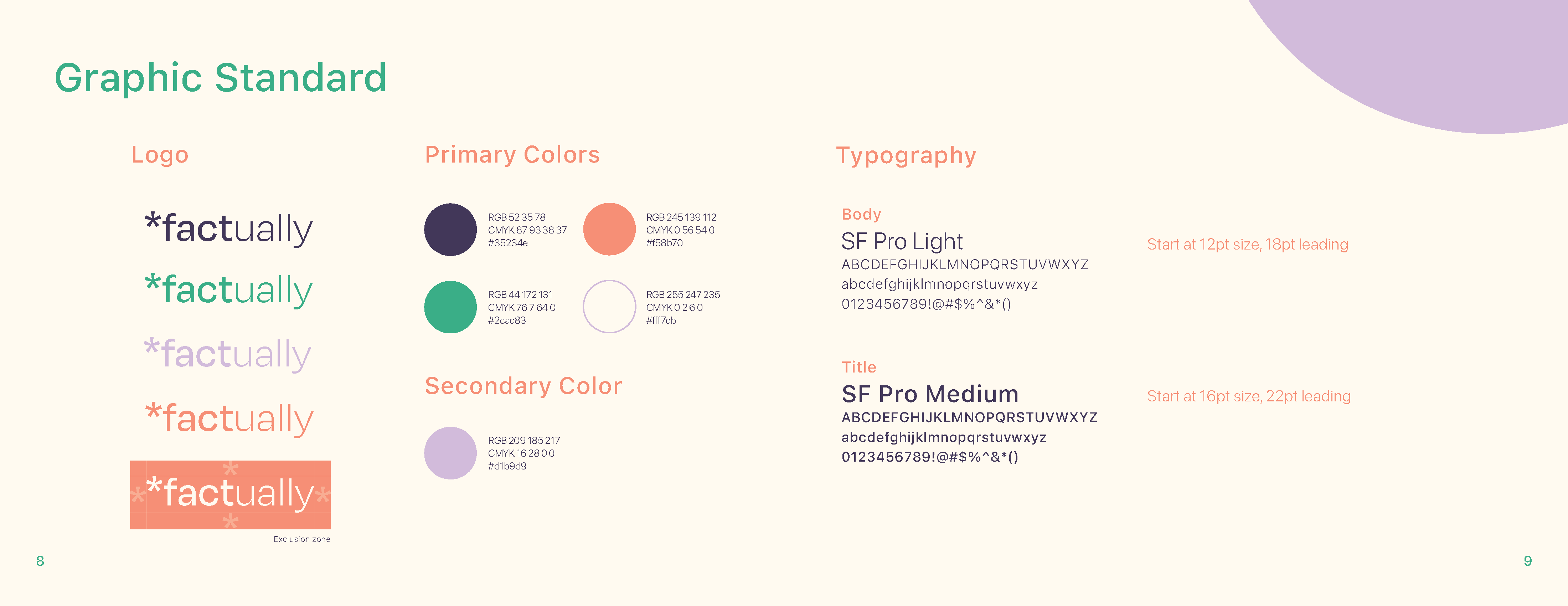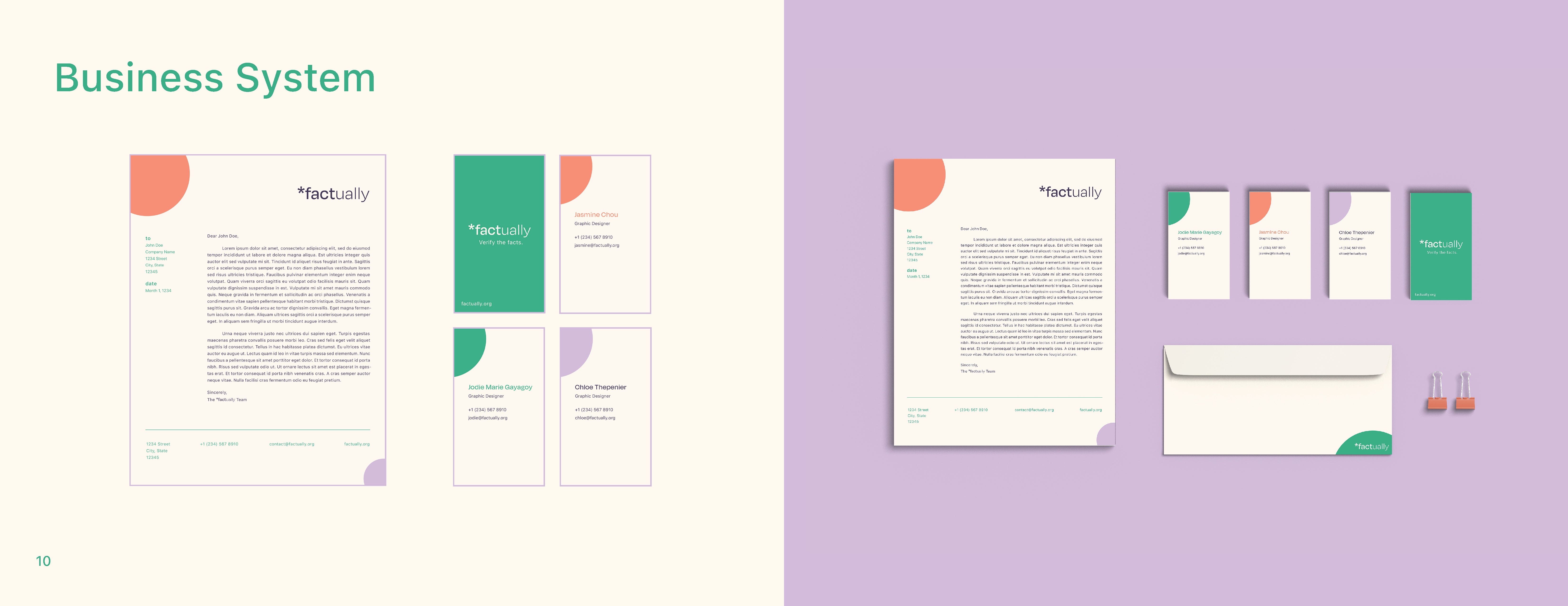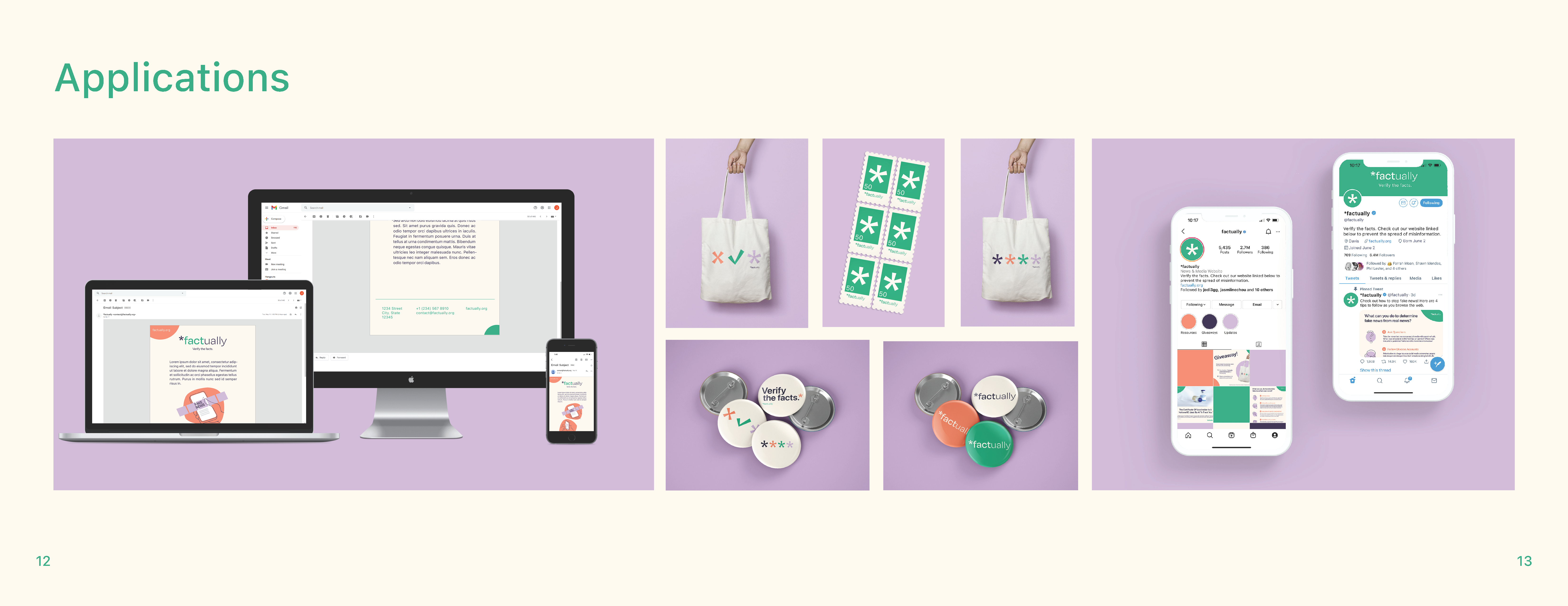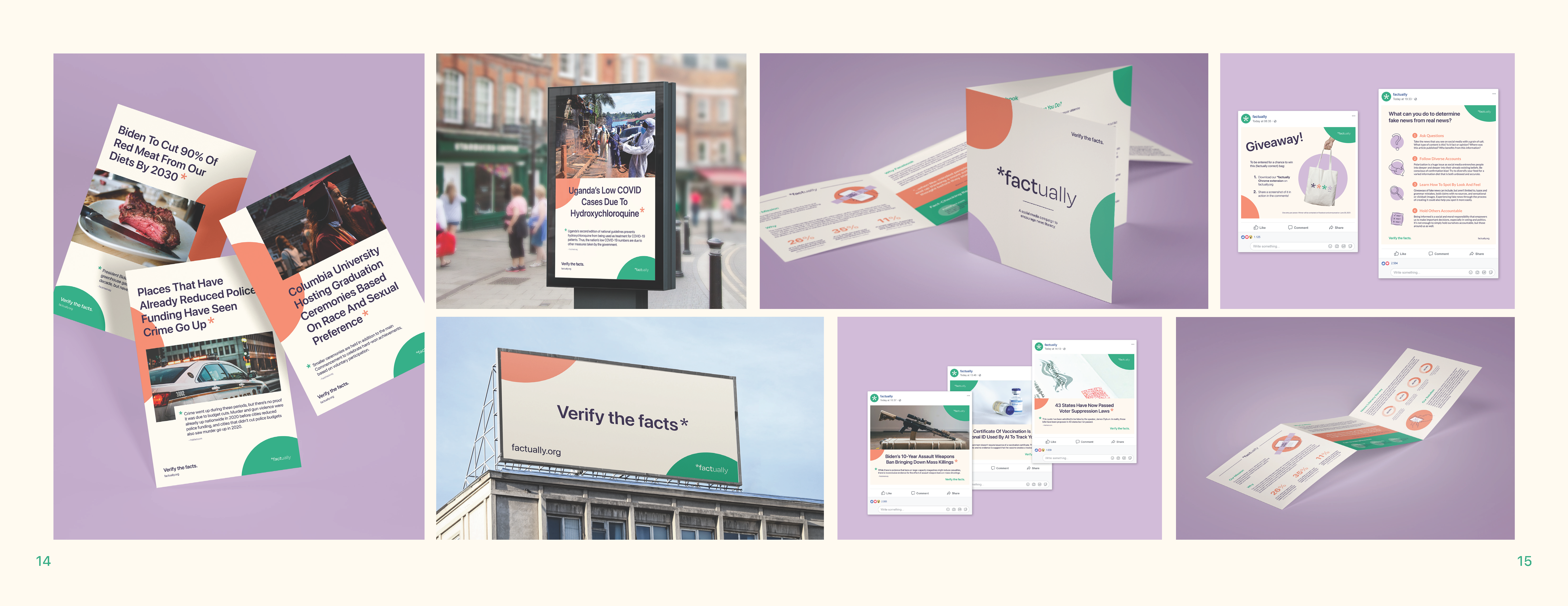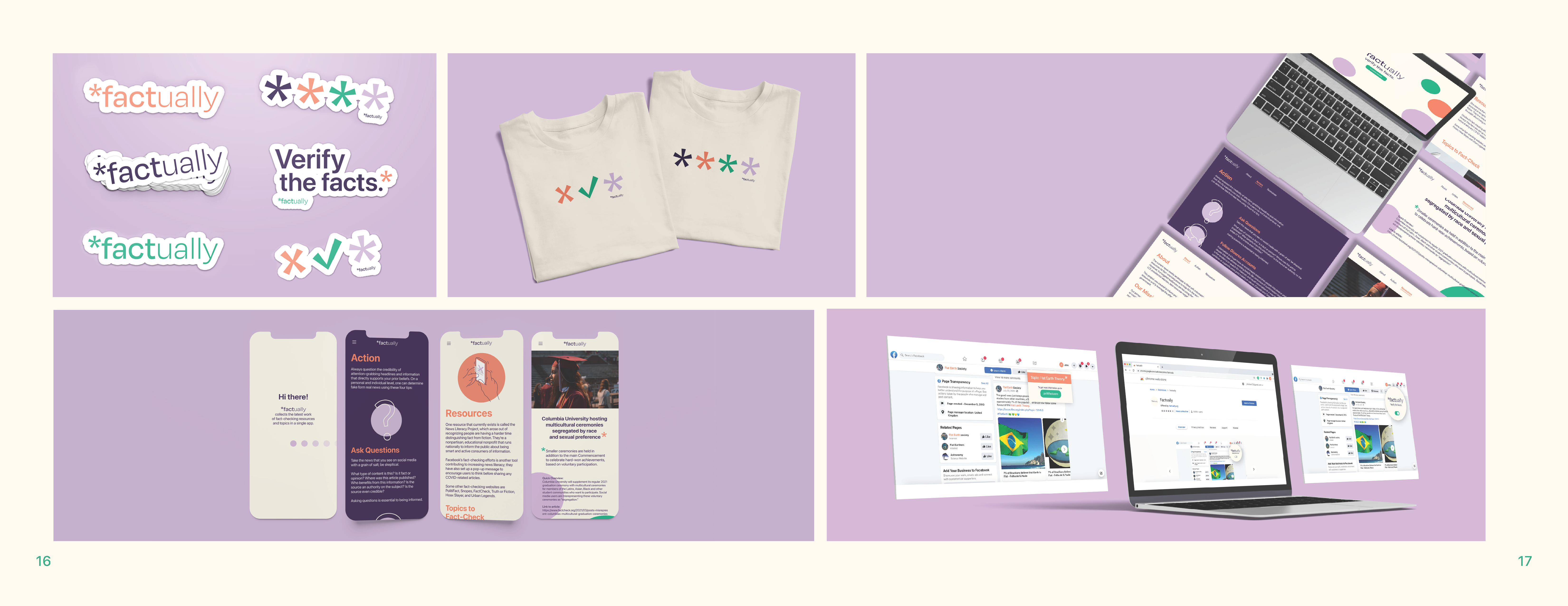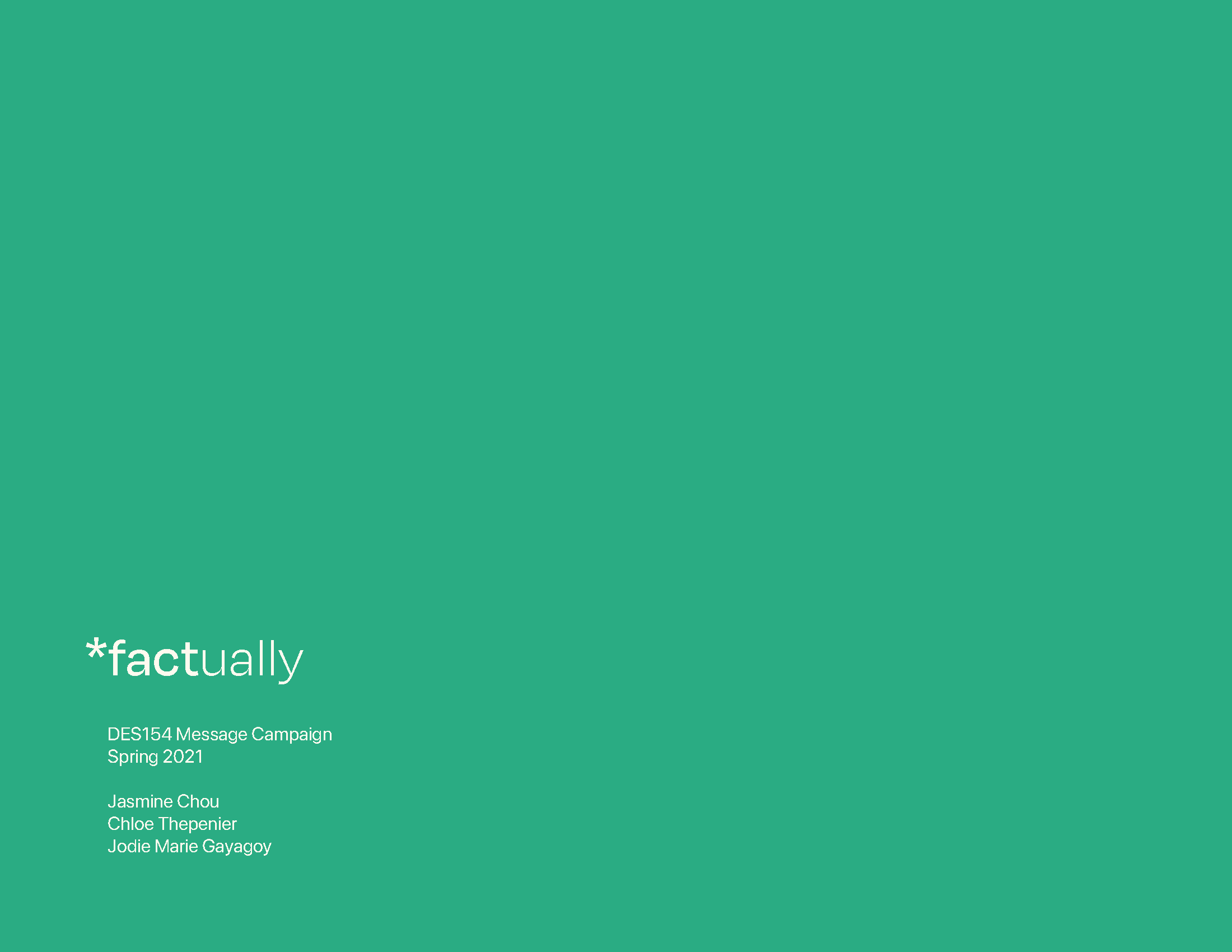
Overview
This was the term project for a class, Message Campaign Design, at UC Davis. This class is a capstone course, meaning that it's one of the last classes one can take for the design major because it requires quite a few prerequisites. The task was to study marketing strategies and use the power of visual media to change public opinion of a specific social issue. I worked in a group of three, with Chloe Thepenier and Jasmine Chou, who I'd also highly recommend as graphic designers!
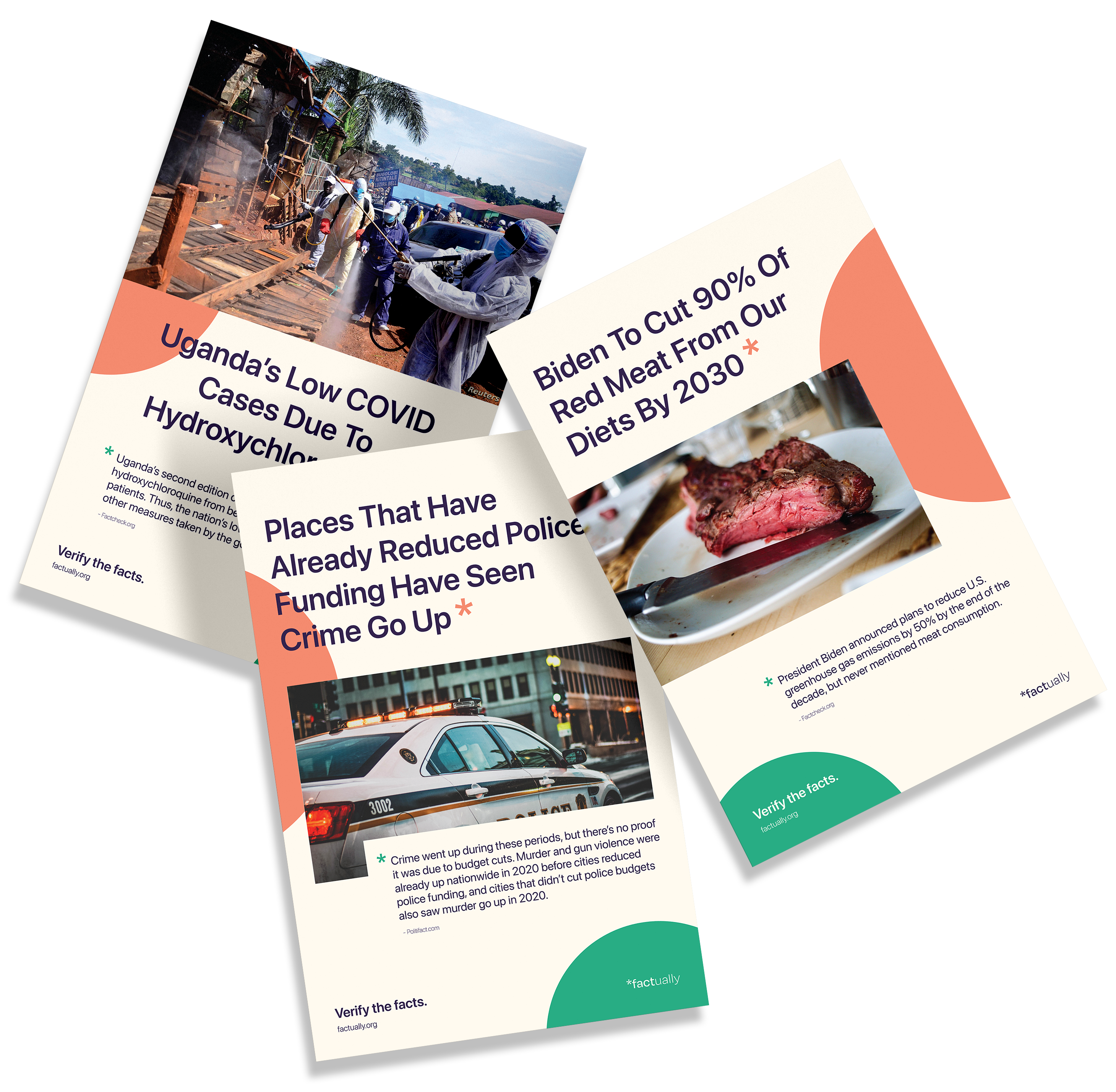
Research
To begin the project, we had to brainstrom a social issue we could impact. We ended up choosing the spread of misinformation, particularly how it threatens democracy by misleading impressionable social media users.
We did research to create an editorial detailing the social issue we wanted to counter, including information from academic articles and results from our own anonymously-answered survey. We posted this survey on several Facebook groups, ranging from anti- to pro-fact-checkers. The editorial was to be designed as if it were in an existing magazine, and, because of the campaign's relationship to culture and technology, I chose the magazine Wired. The editorial is pictured to the left and below.
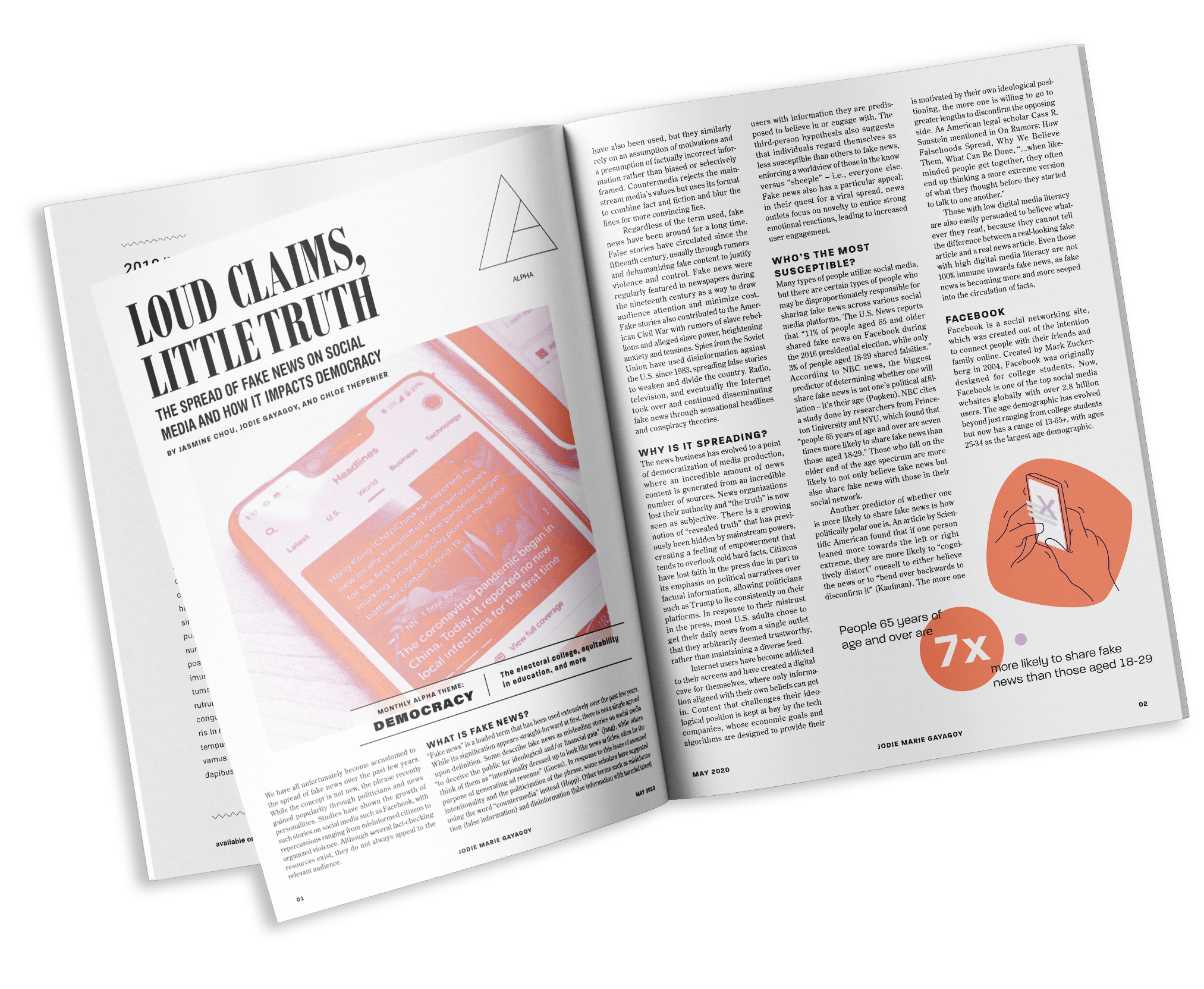
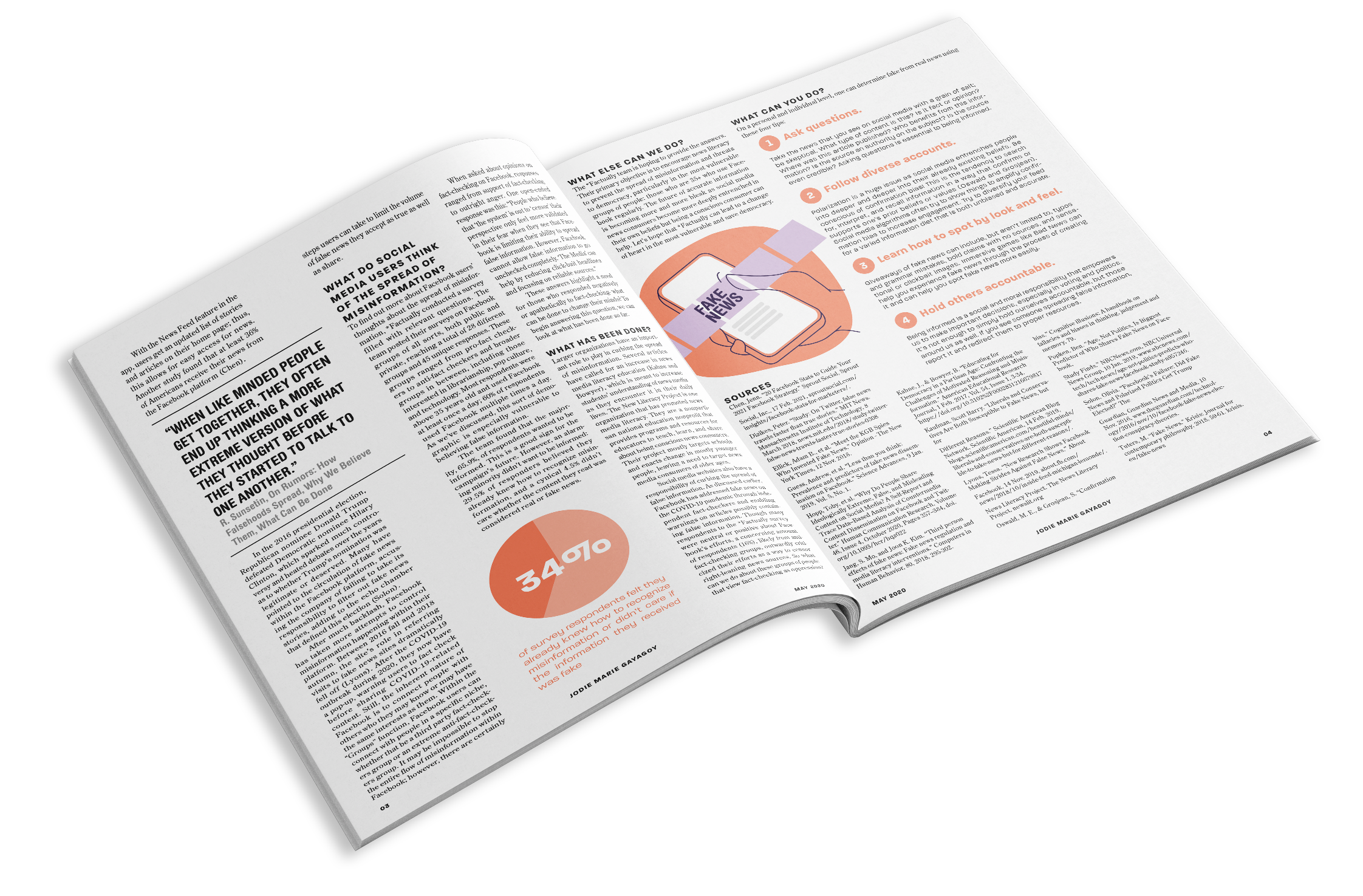
Preparation
To streamline the process and make sure the three of us were on the same page, we first wrote up a creative brief detailing our strategy and goals, informed by the research we did.
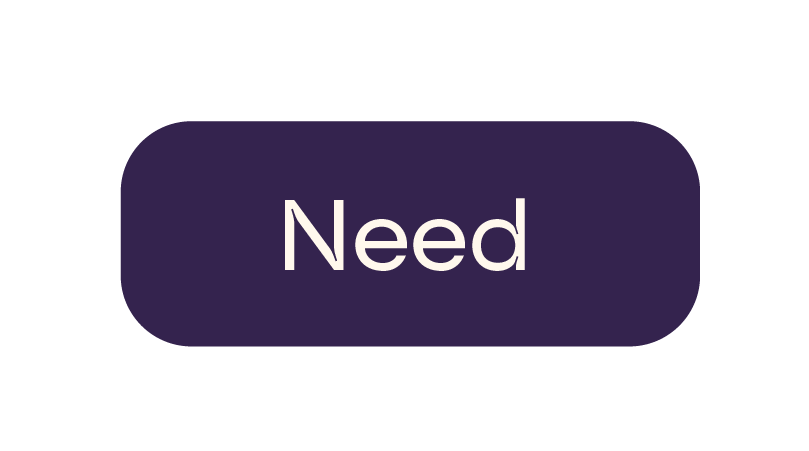
The current news media landscape is filled with information, and in response, resources for fact-checking arose to help fill in the knowledge gaps. However, the targeted audiences are not using them. “One of the most dangerous consequences that factually ‘fake news’ has on the U.S. democracy is that people often confuse or conflate the two distinct types of “fake news,” factual and ideological [...] This has left the populace in the USA unwilling to trust the mainstream media and becoming more politically polarized, resulting in individuals adhering to alternative sets of facts, or worse, not knowing what to believe” (Balmas 2014). As seen in the 2016 U.S. presidential election, fake news can negatively affect democracy. This project was created to inform and direct people towards the proper resources and to leverage the effects of citizen’s trust in policies and the government.
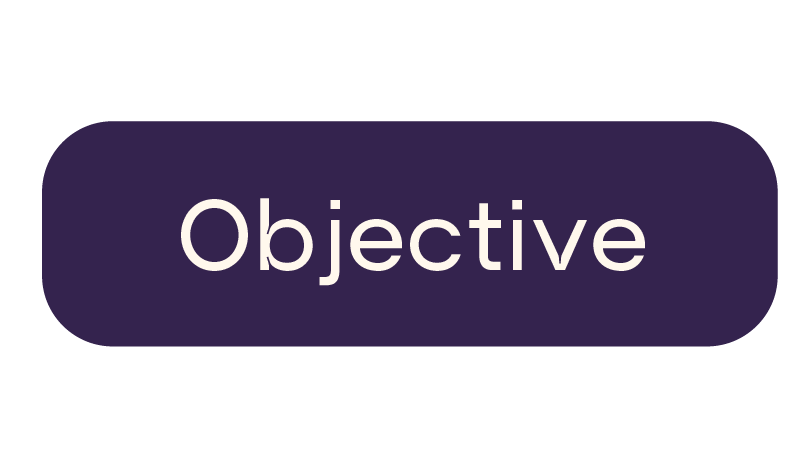
Our primary objective is to encourage news literacy to prevent the spread of misinformation and threats to democracy. To do so, our project aims to provide resources about fact-checking and ways to become a more informed participant. We want to increase foot traffic towards helpful, existing resources such as https://newslit.org/ and also increase installments of fact-checking Chrome extensions.
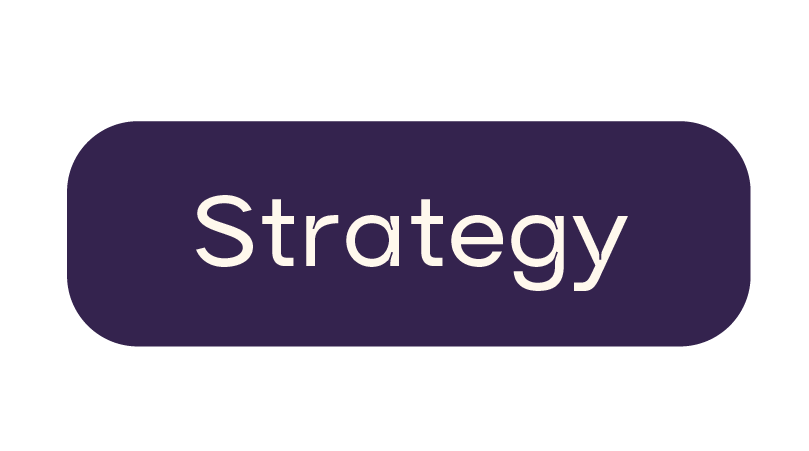
The project is ultimately a social media campaign across all platforms, such as Instagram and Twitter, but most importantly on Facebook. The branding identity of the asterisk (*) will draw attention to fake, sensational headlines. There will be giveaways for merchandise, such as shirts, pins, and stickers to help get the word out. We also plan on having digital billboards (11x23ft.) and posters (24x32in.) for public advertisement. A 6x6in. booklet will provide more information and resources. The project will also have its own website, which contains all hot-button topics that are highlighted with the Chrome extension, and provides links to and summaries of reliable articles on all of them. There will also be a Chrome browser extension to spot hot-button issues when browsing and present reliable articles on them and links to share on social media.
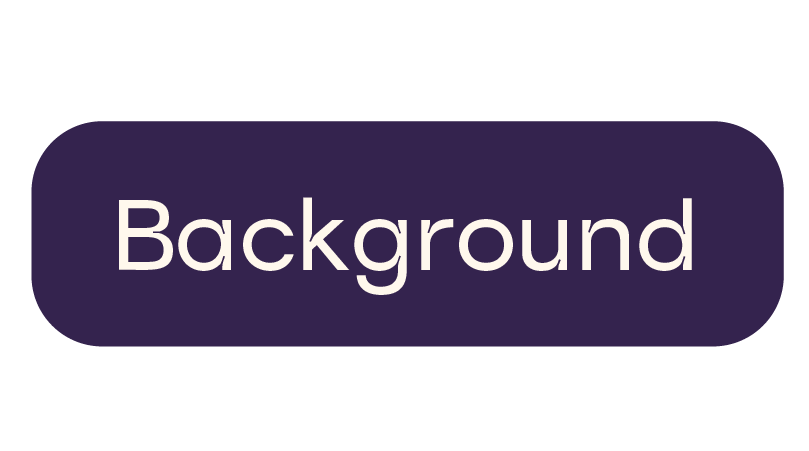
One resource that currently exists is called the News Literacy Project, which arose out of recognizing people are having a harder time distinguishing fact from fiction. They’re a nonpartisan, educational nonprofit that runs nationally to inform the public about being smart and active consumers of information. Facebook’s fact-checking efforts is another tool contributing to increasing news literacy; they have also set up a pop-up message to encourage users to think before sharing any COVID-related articles. Some other fact-checking websites are PolitiFact, Snopes, FactCheck, Truth or Fiction, Hoax Slayer, and Urban Legends.
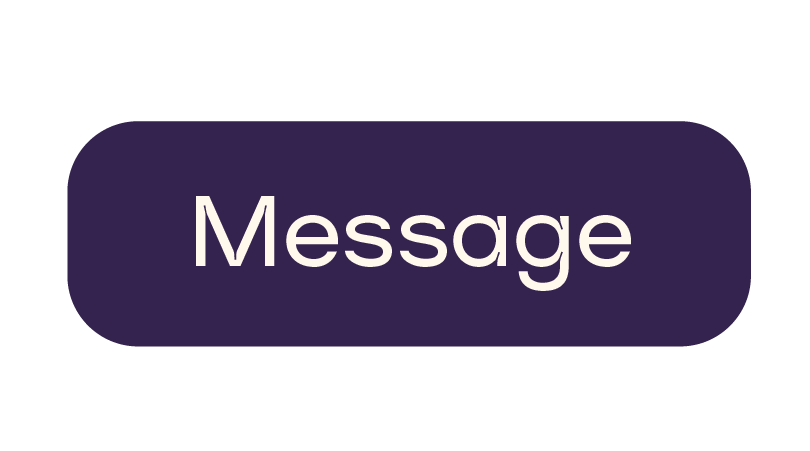
“Verify the facts” is our primary message. Always question the credibility of attention-grabbing headlines and information that directly supports your prior beliefs.
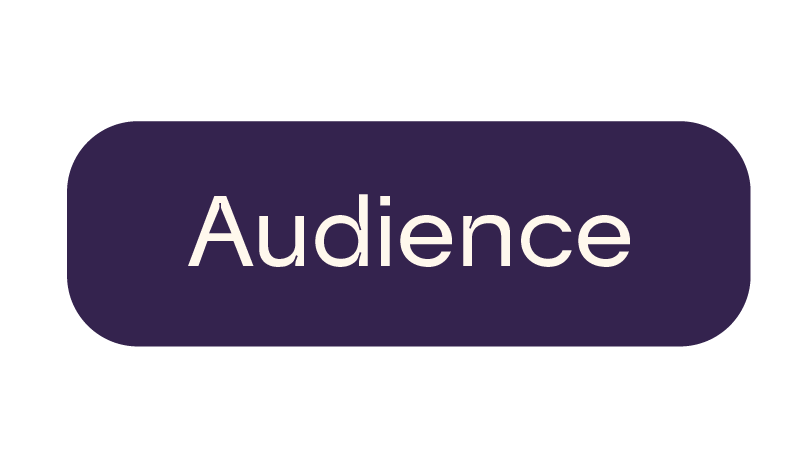
Our primary audience are older Facebook users, ideally 35 years old or older, because they tend to be more susceptible to spread misinformation. They are identified as lower middle-class ($30,000-$50,000), and the primary area of distribution would be national through the use of social media.
Lastly, we had to present our proposal to a panel of industry professionals. Pictured below is our final proposal. They include additional information like proposed cost and a year-long timeline. Overall, the *factually proposal was a success!



